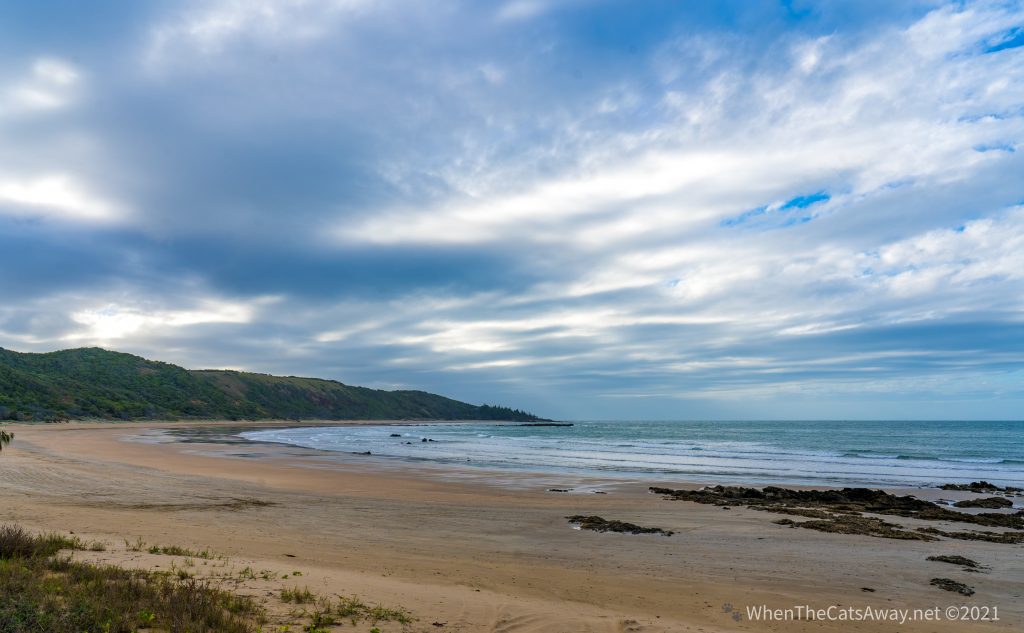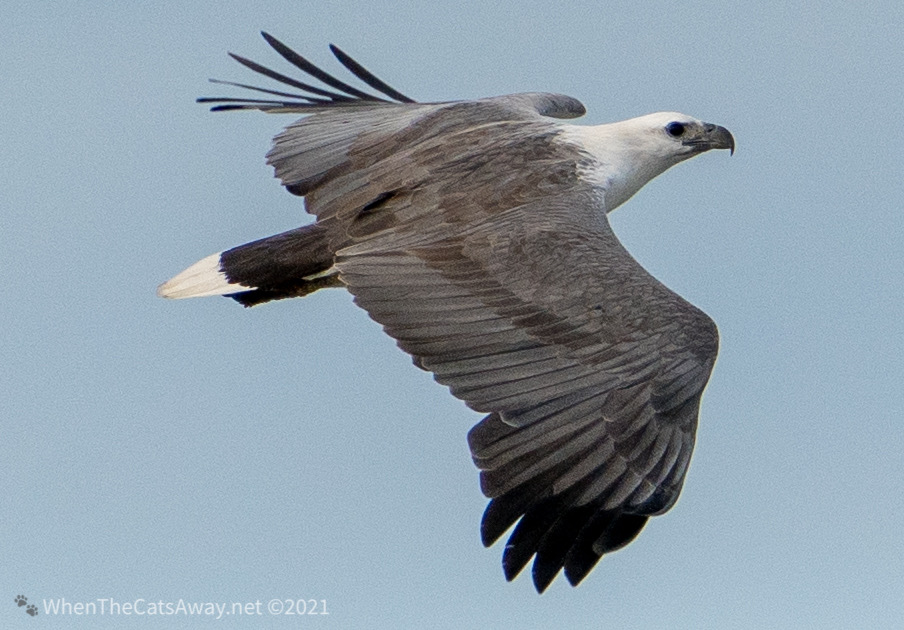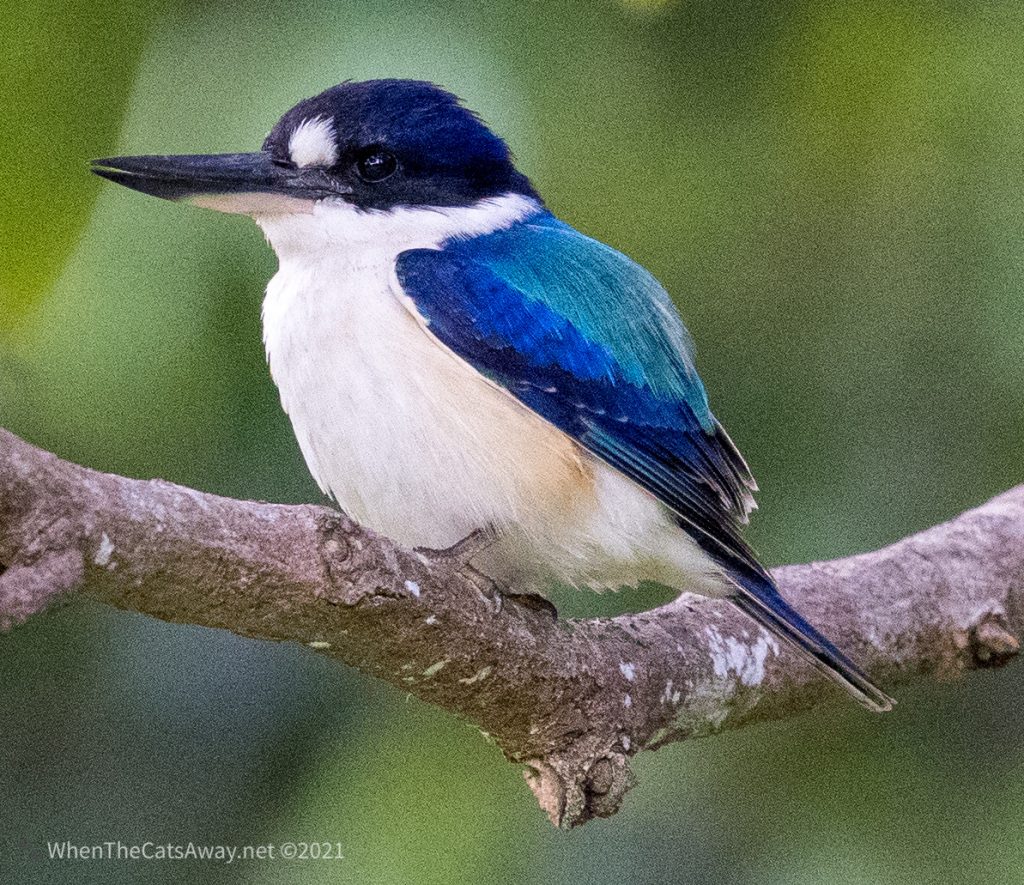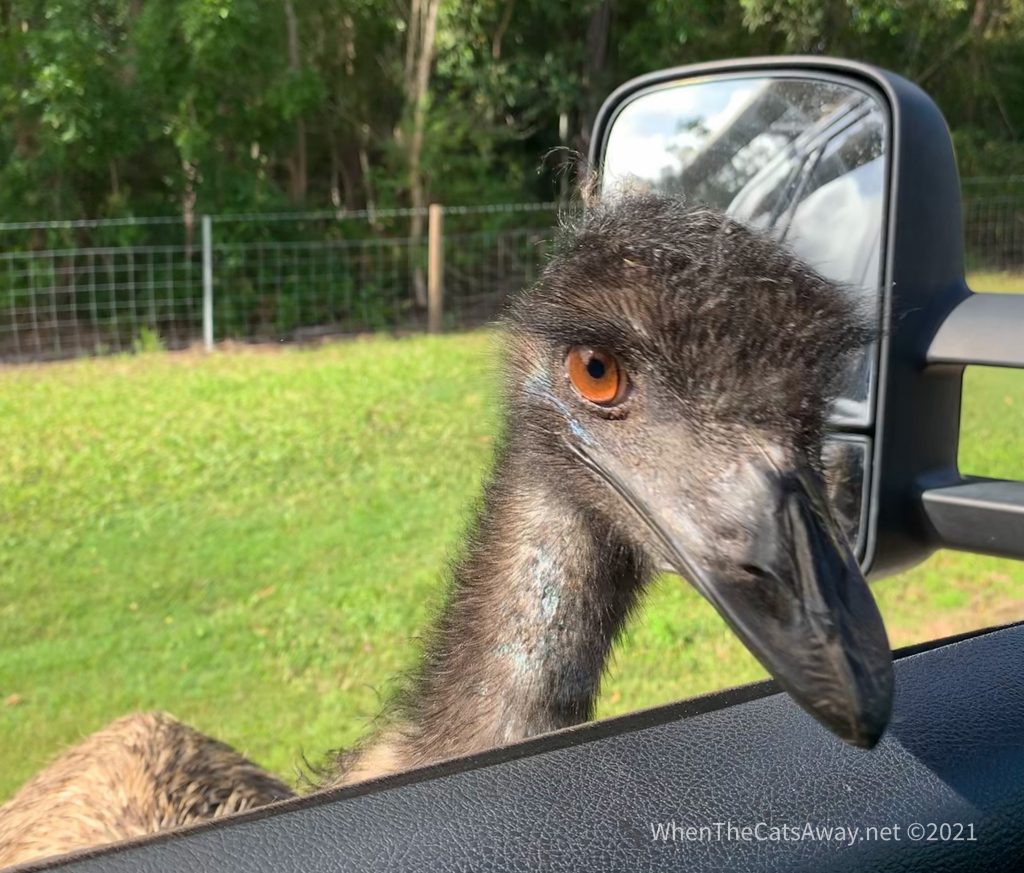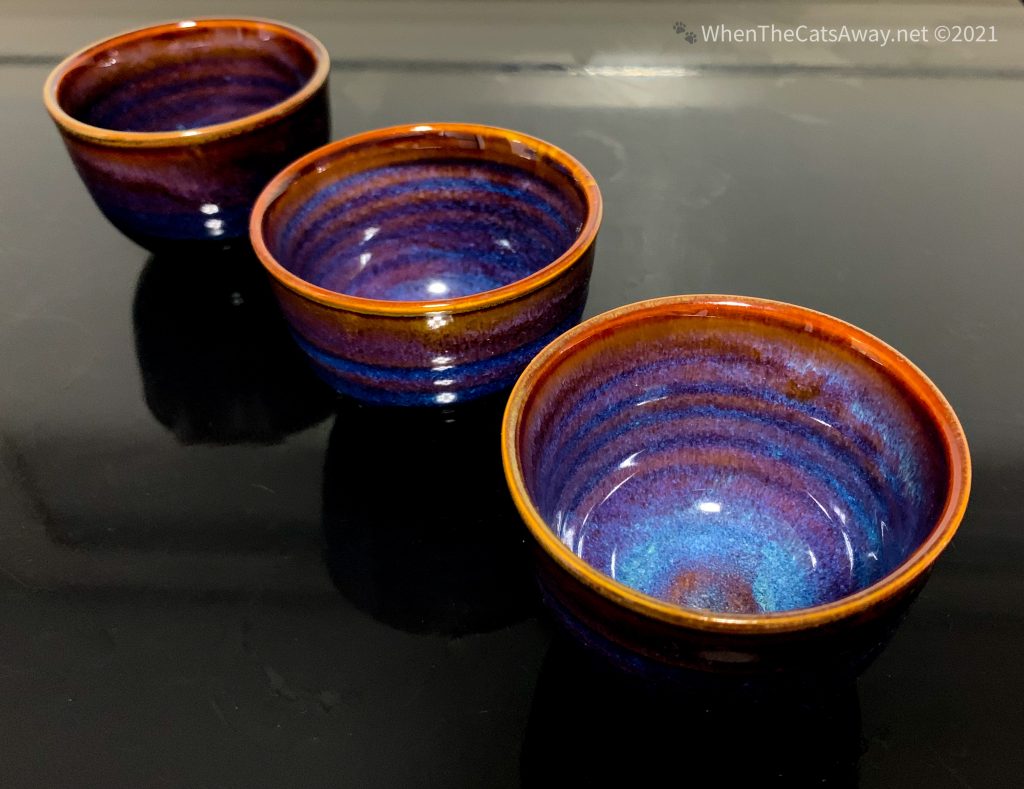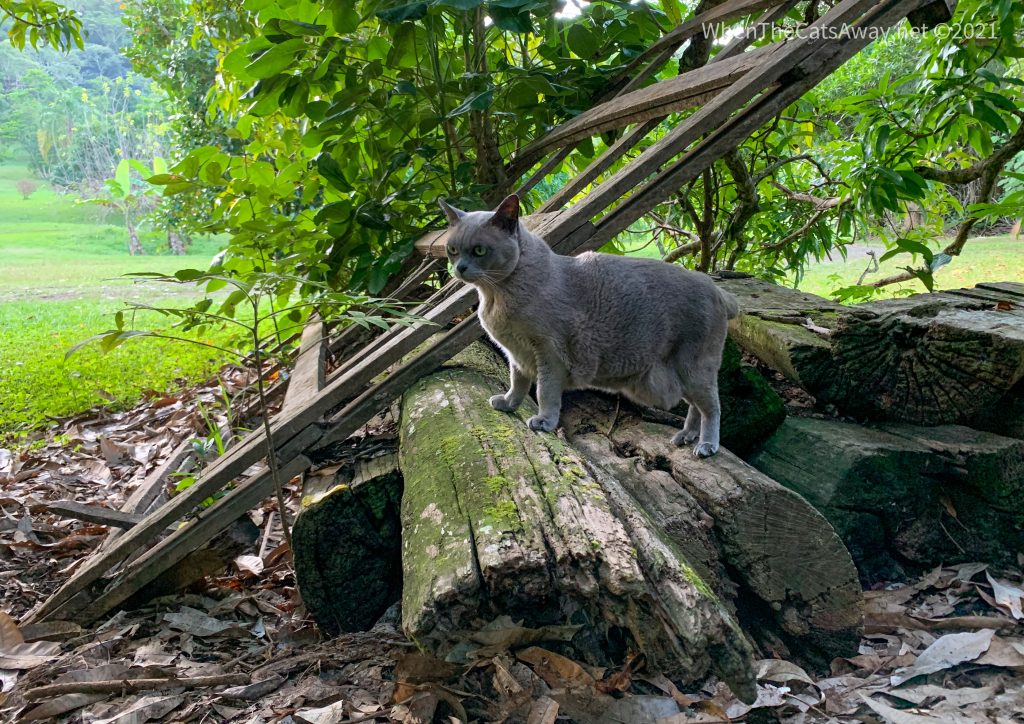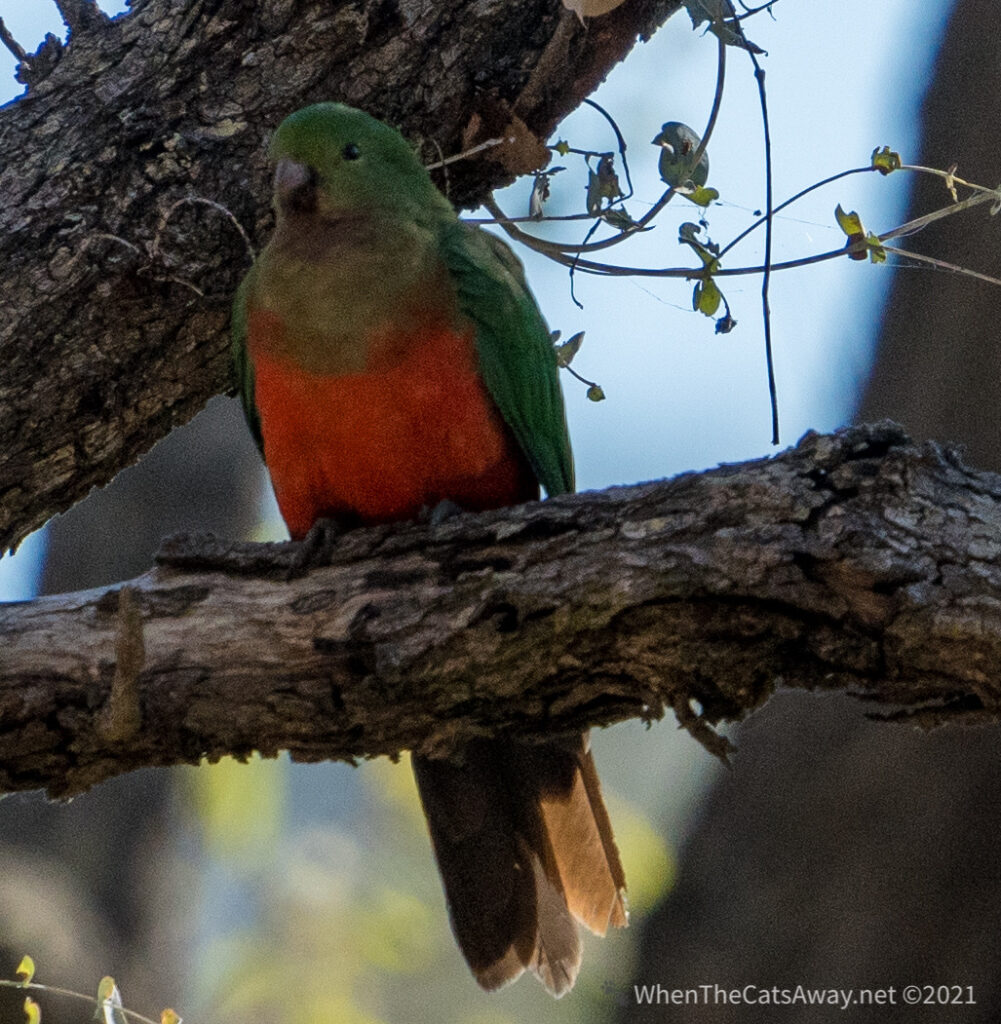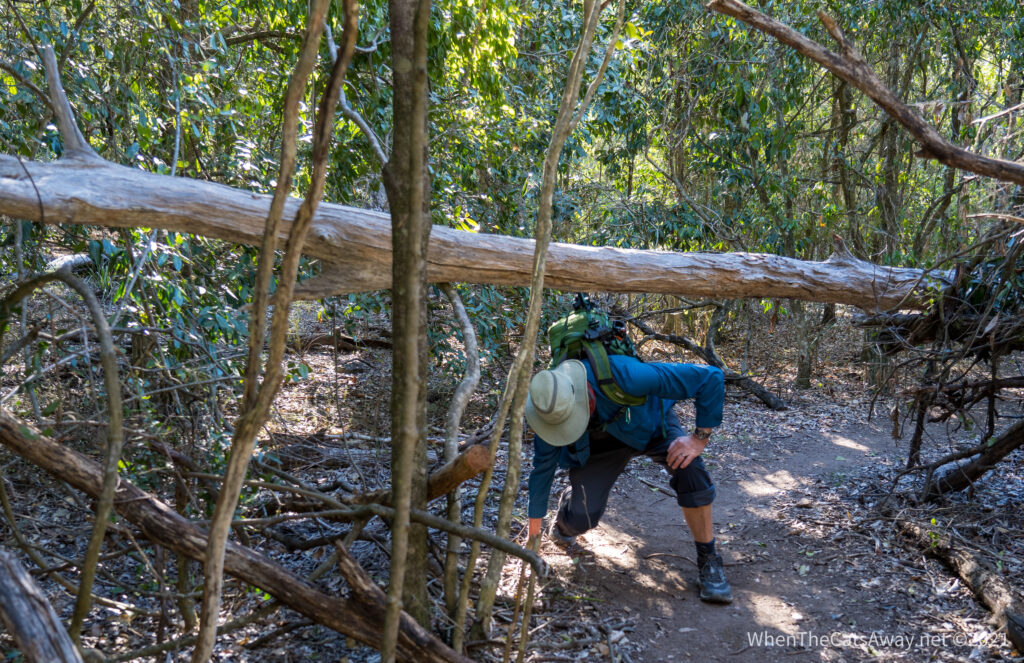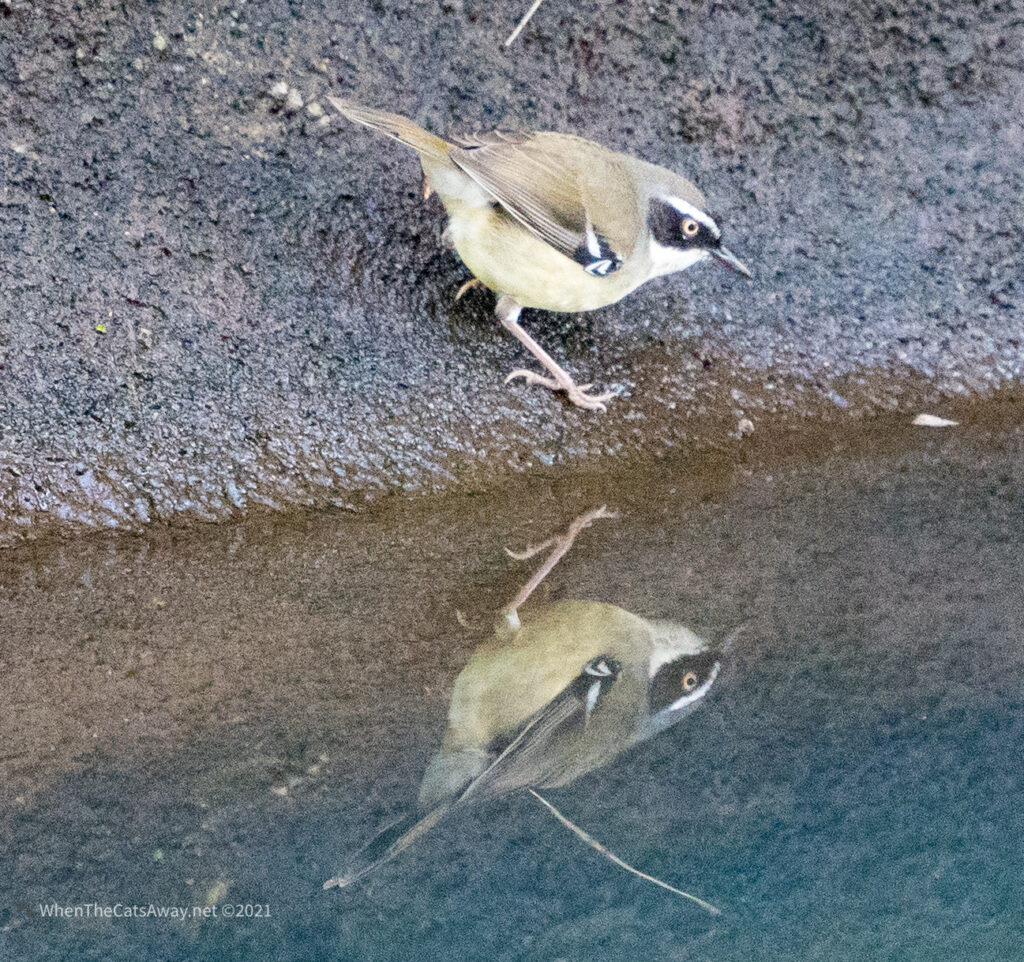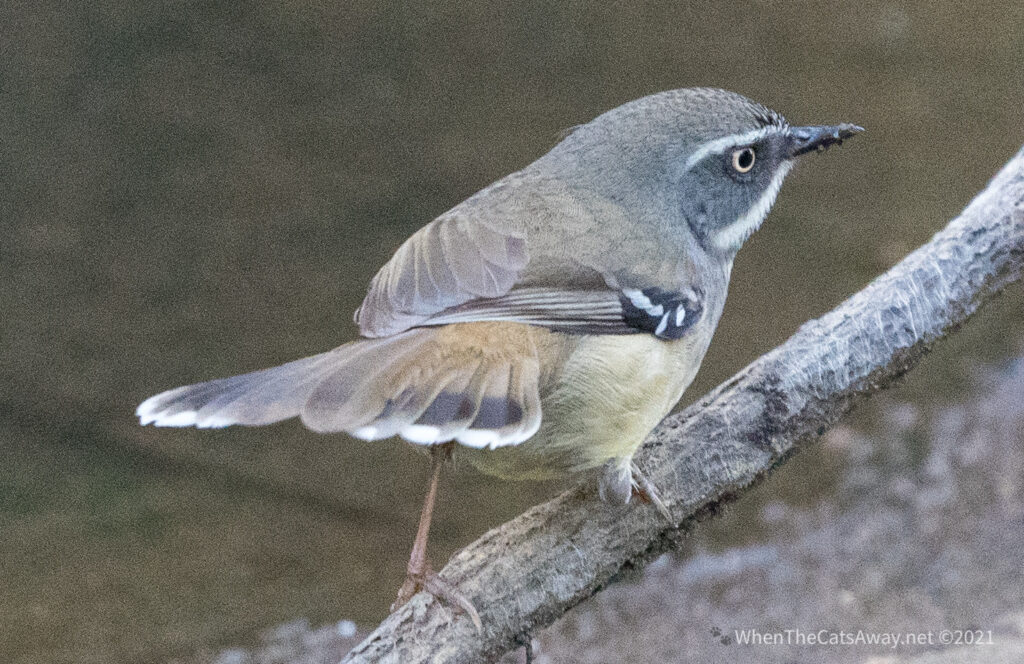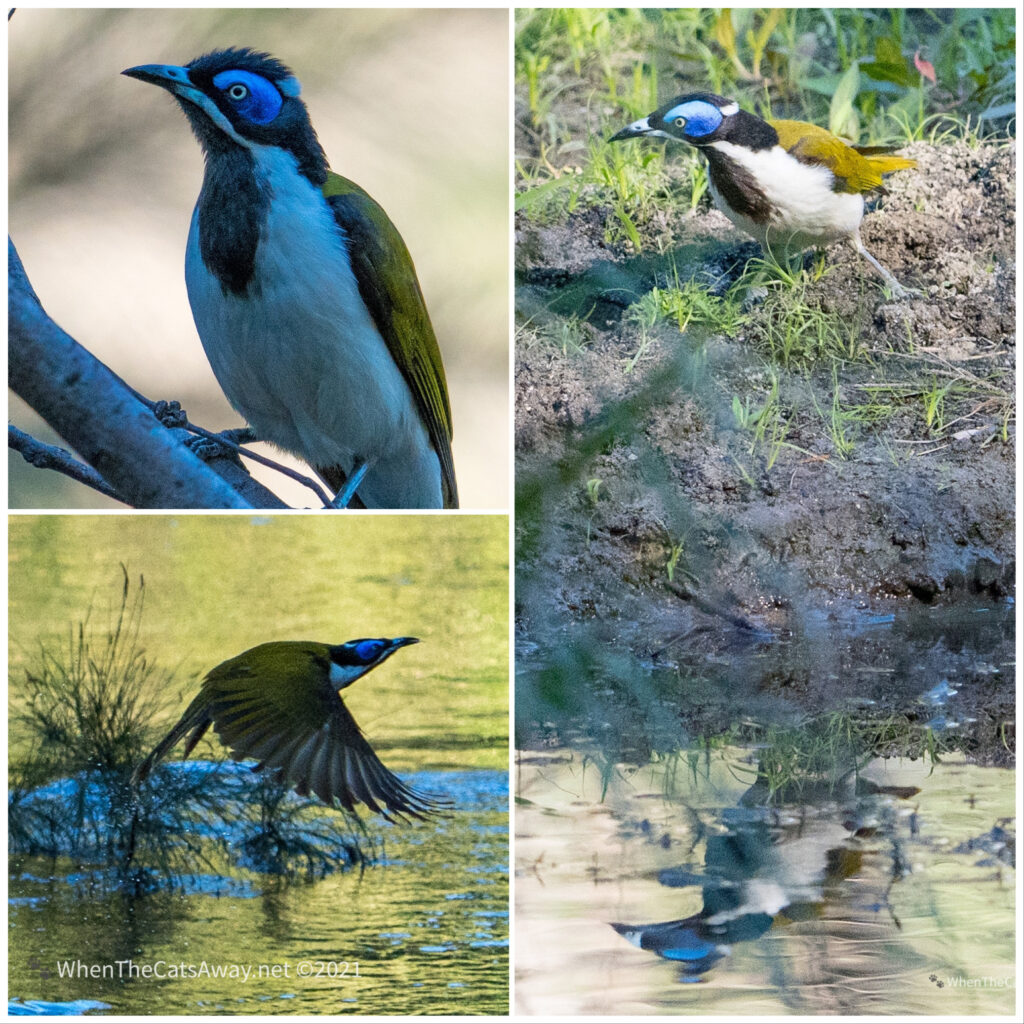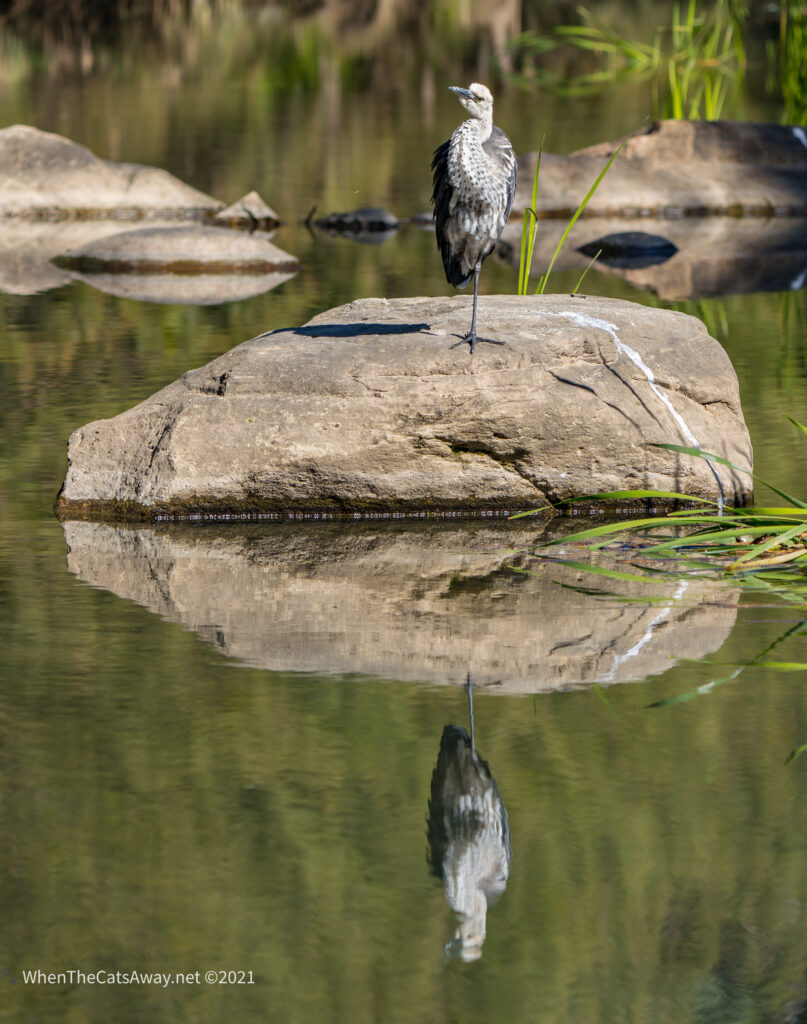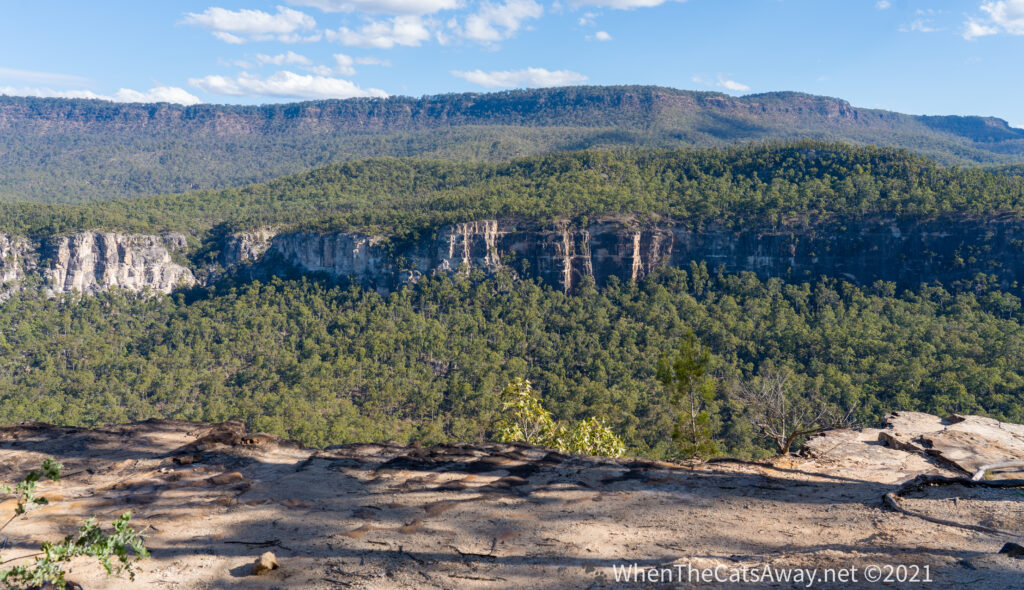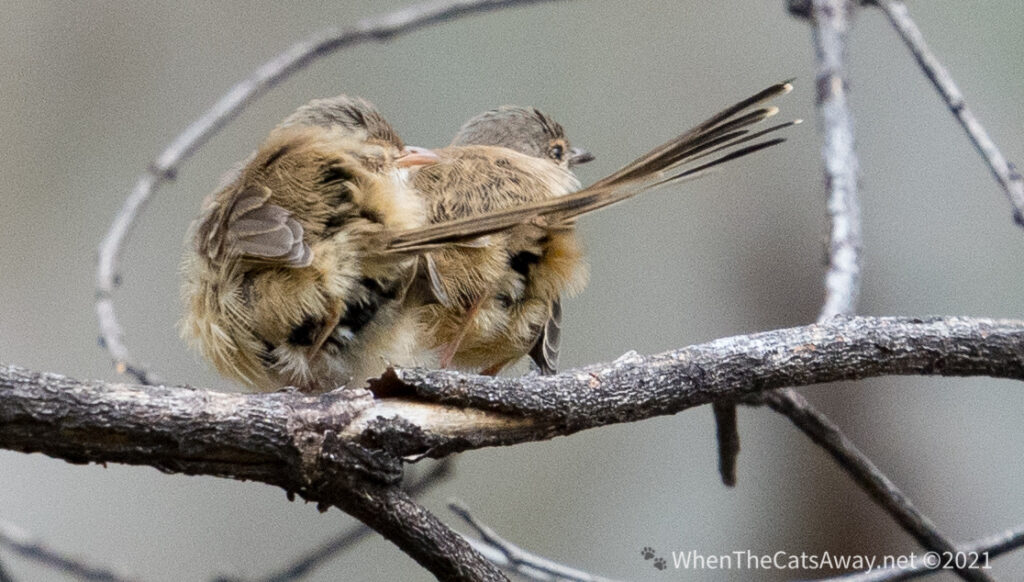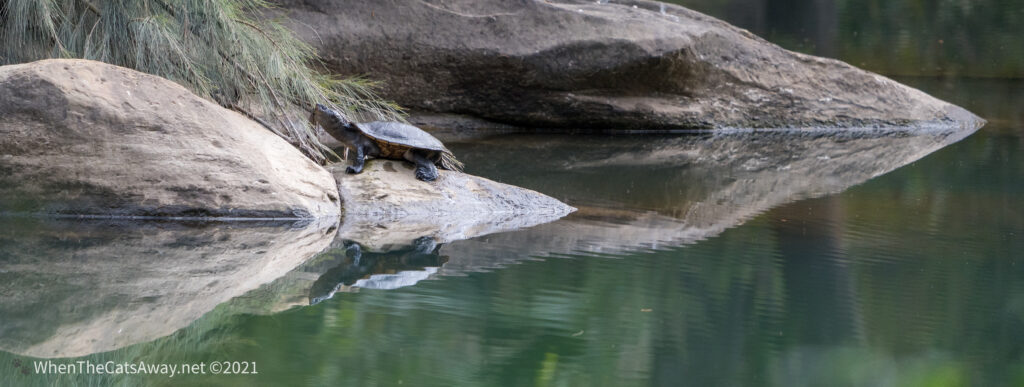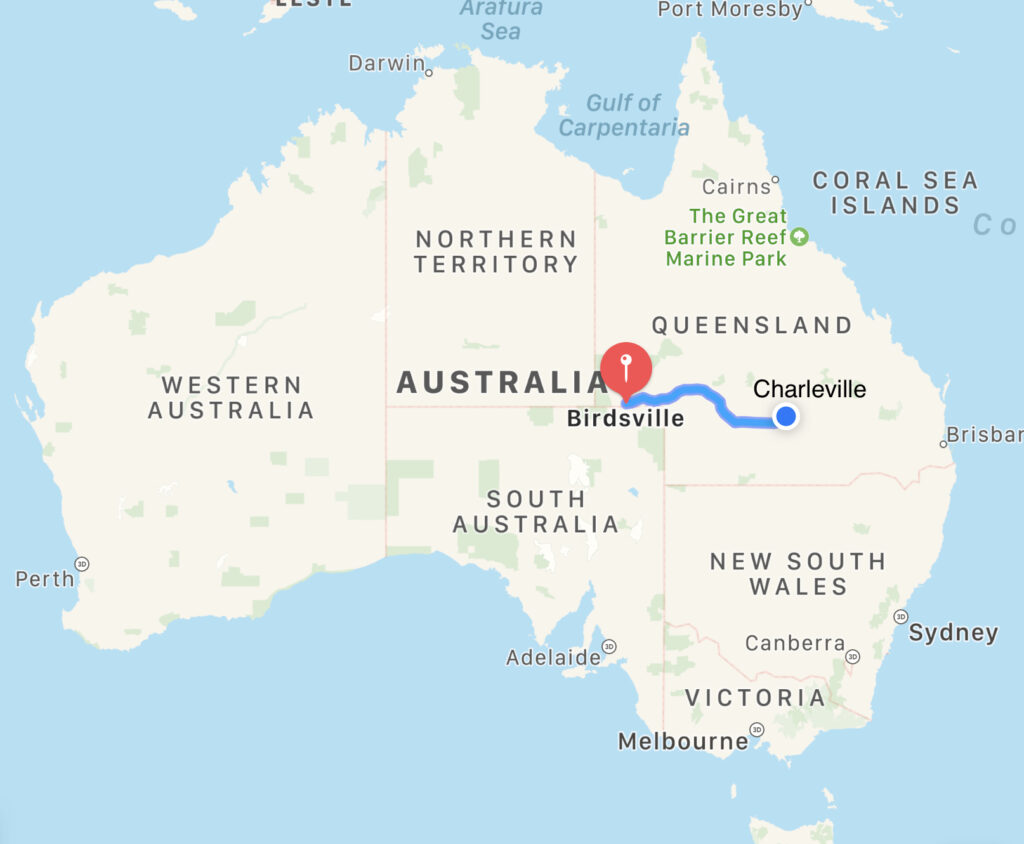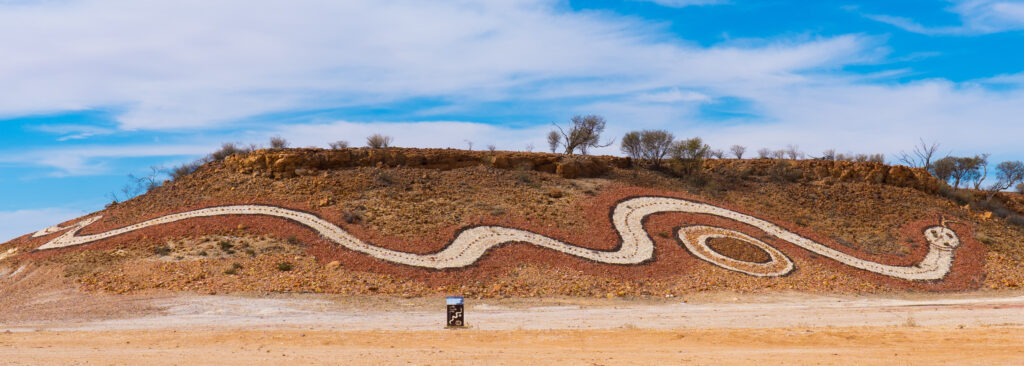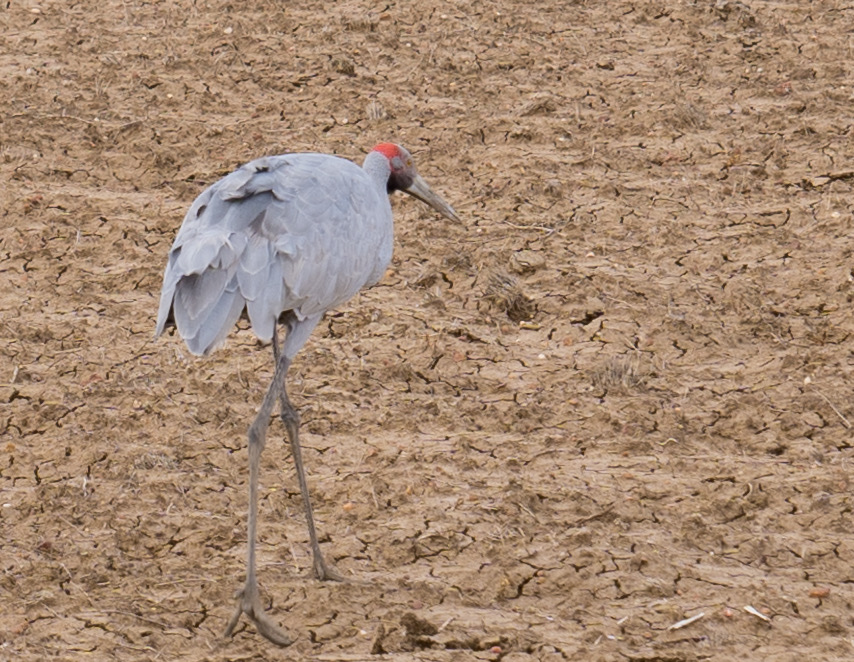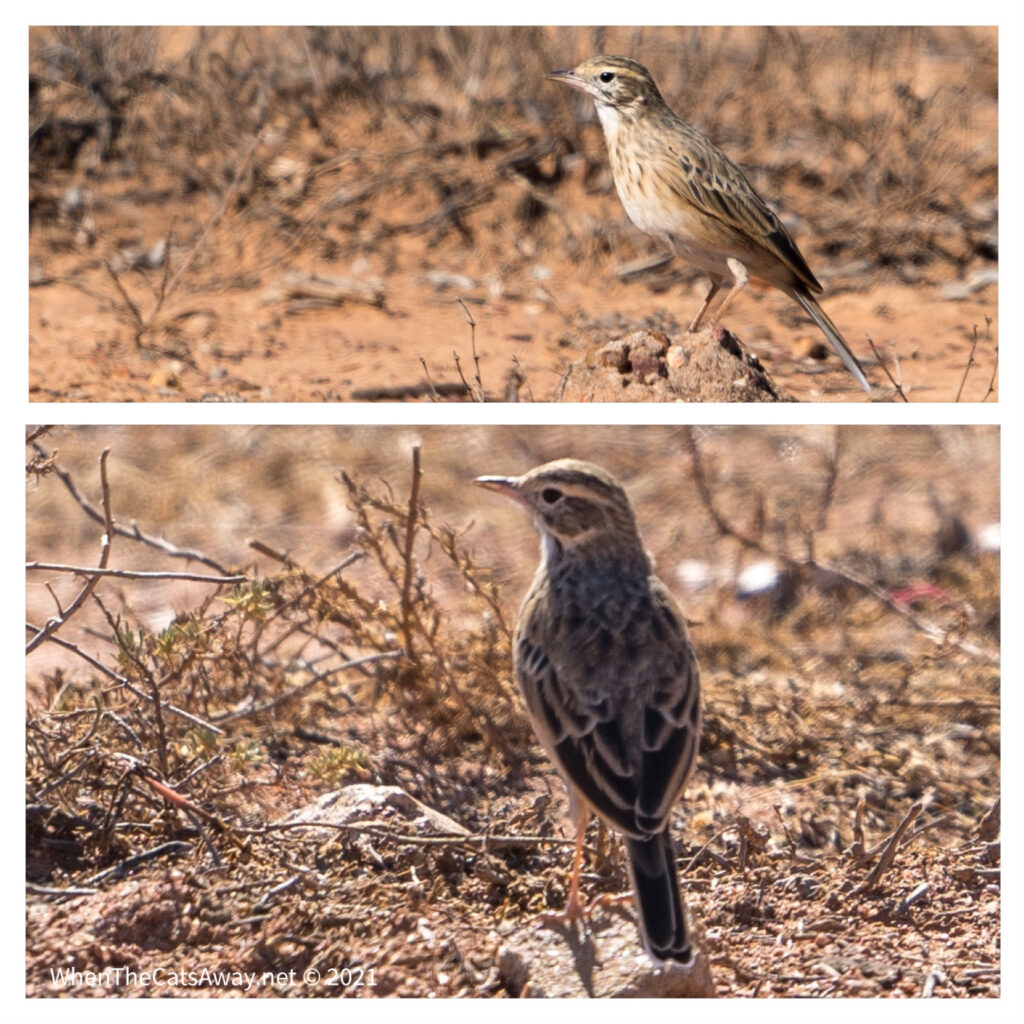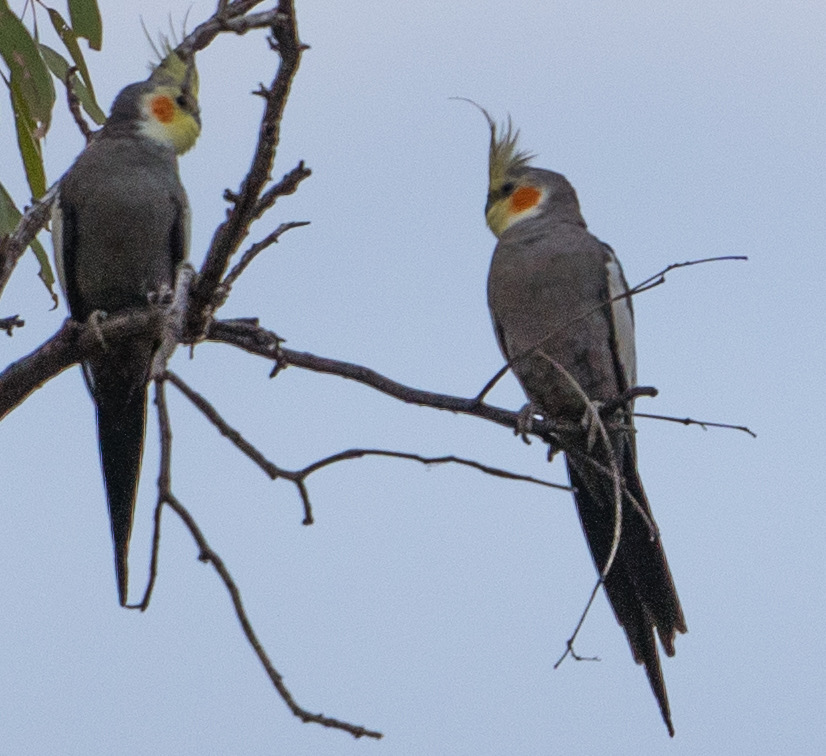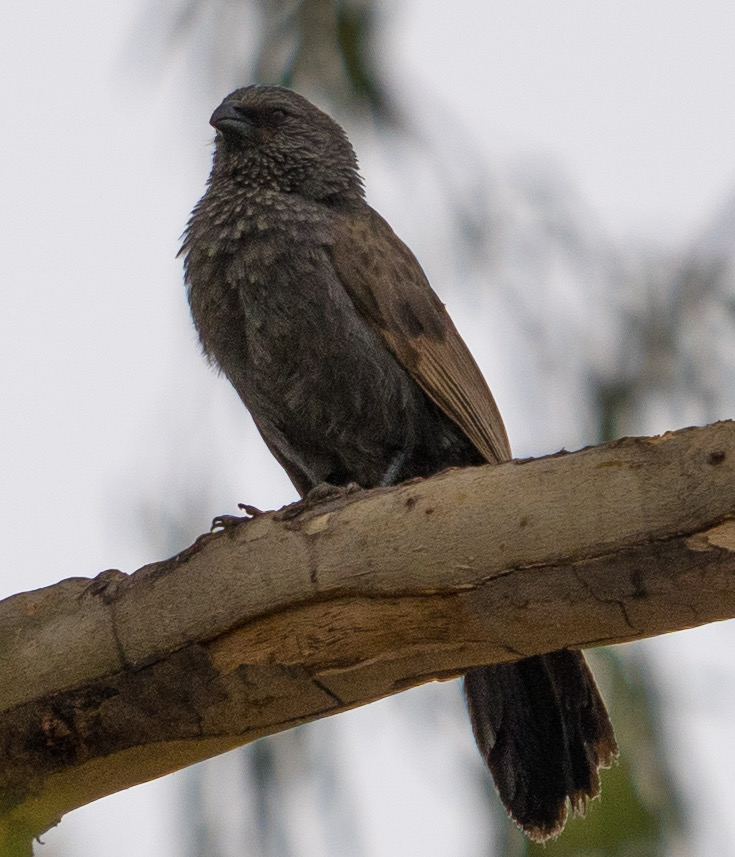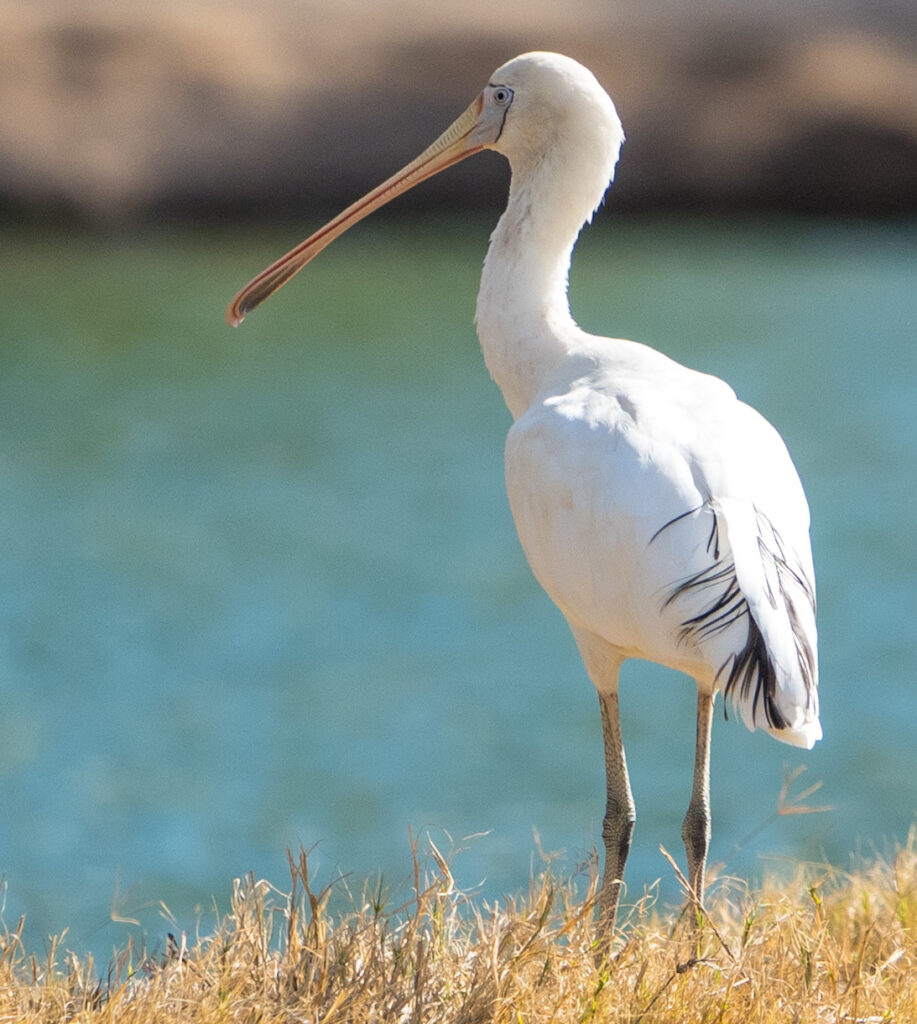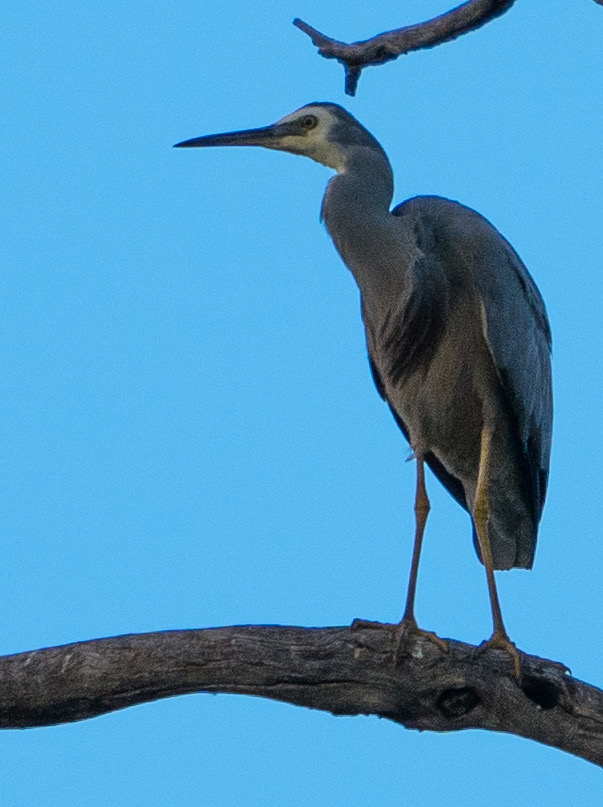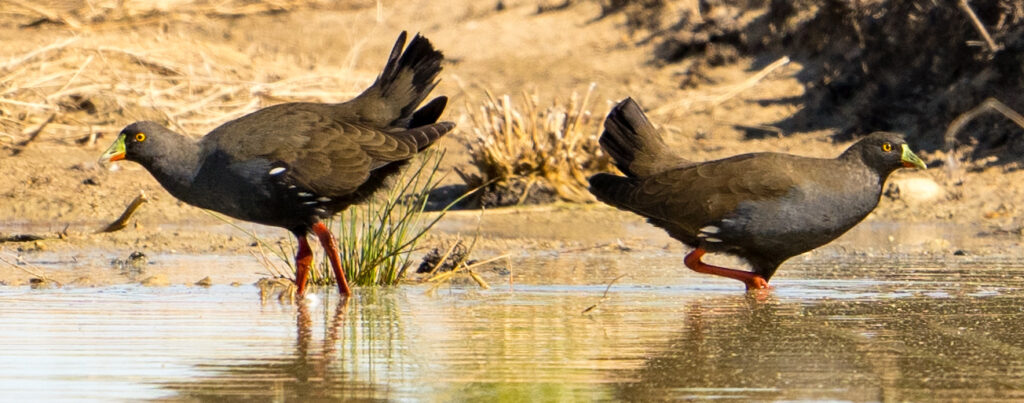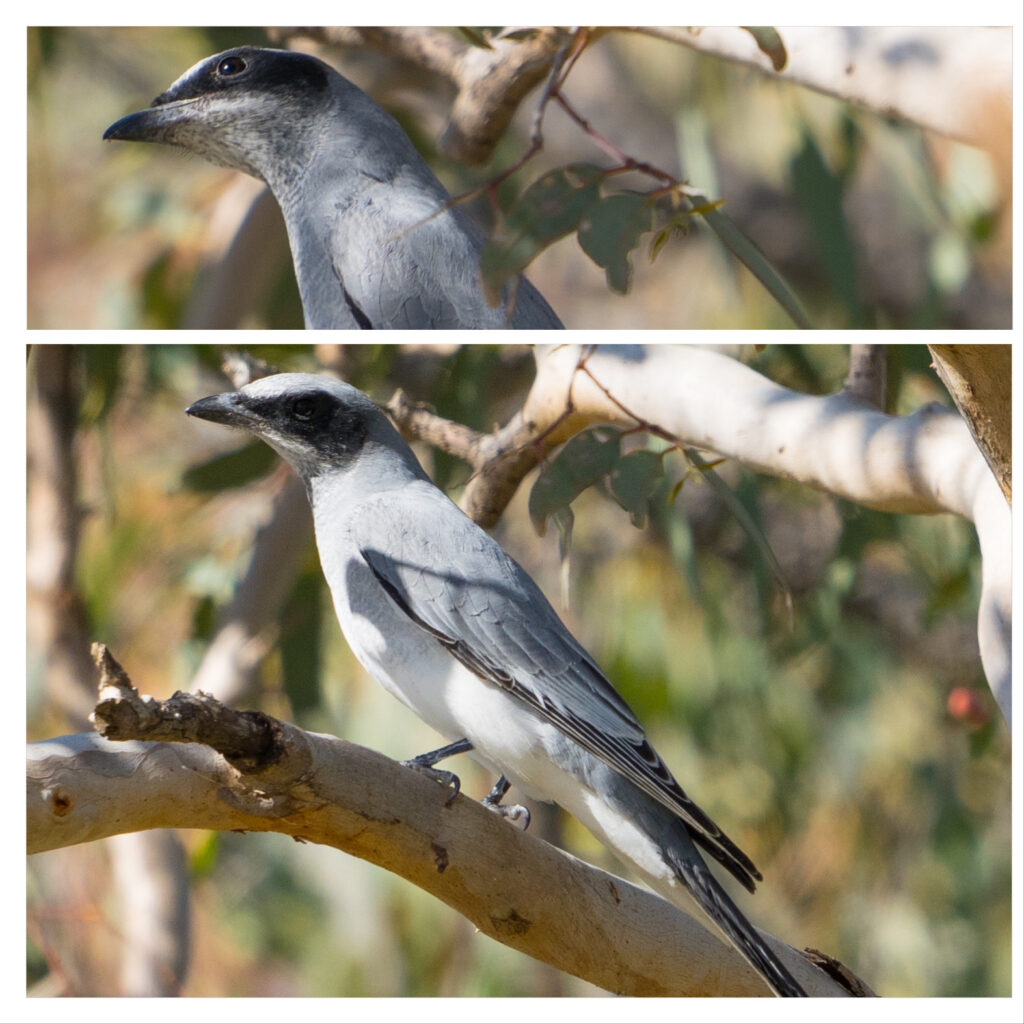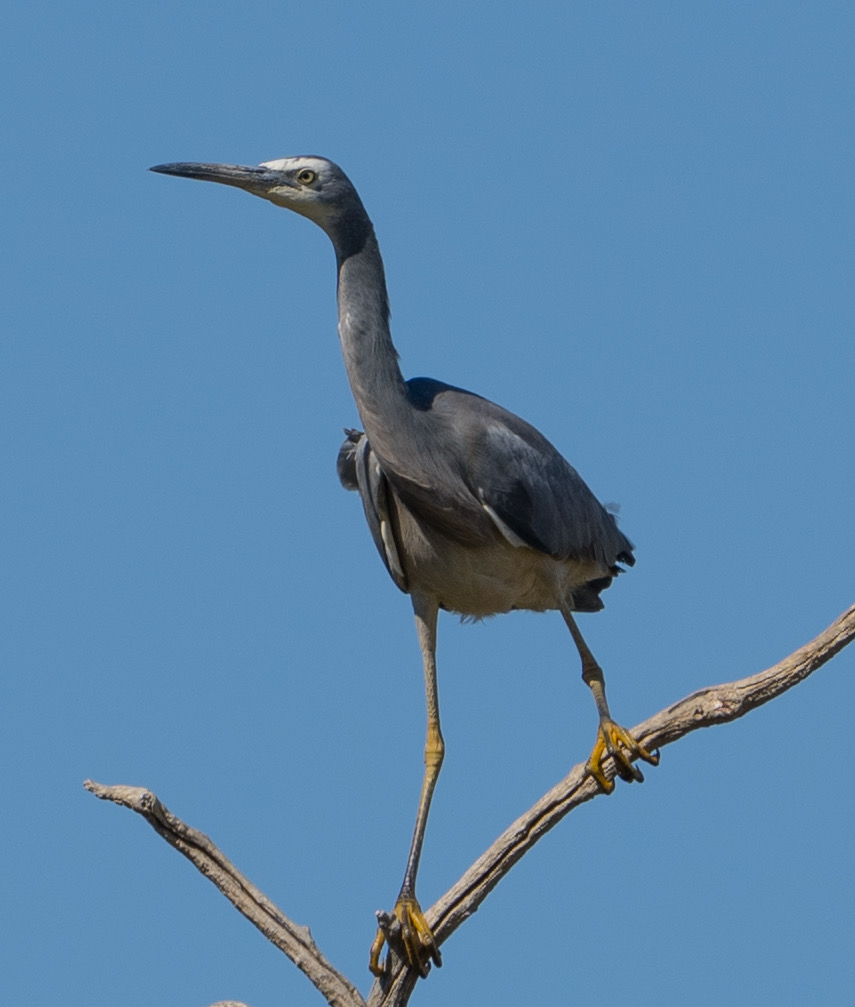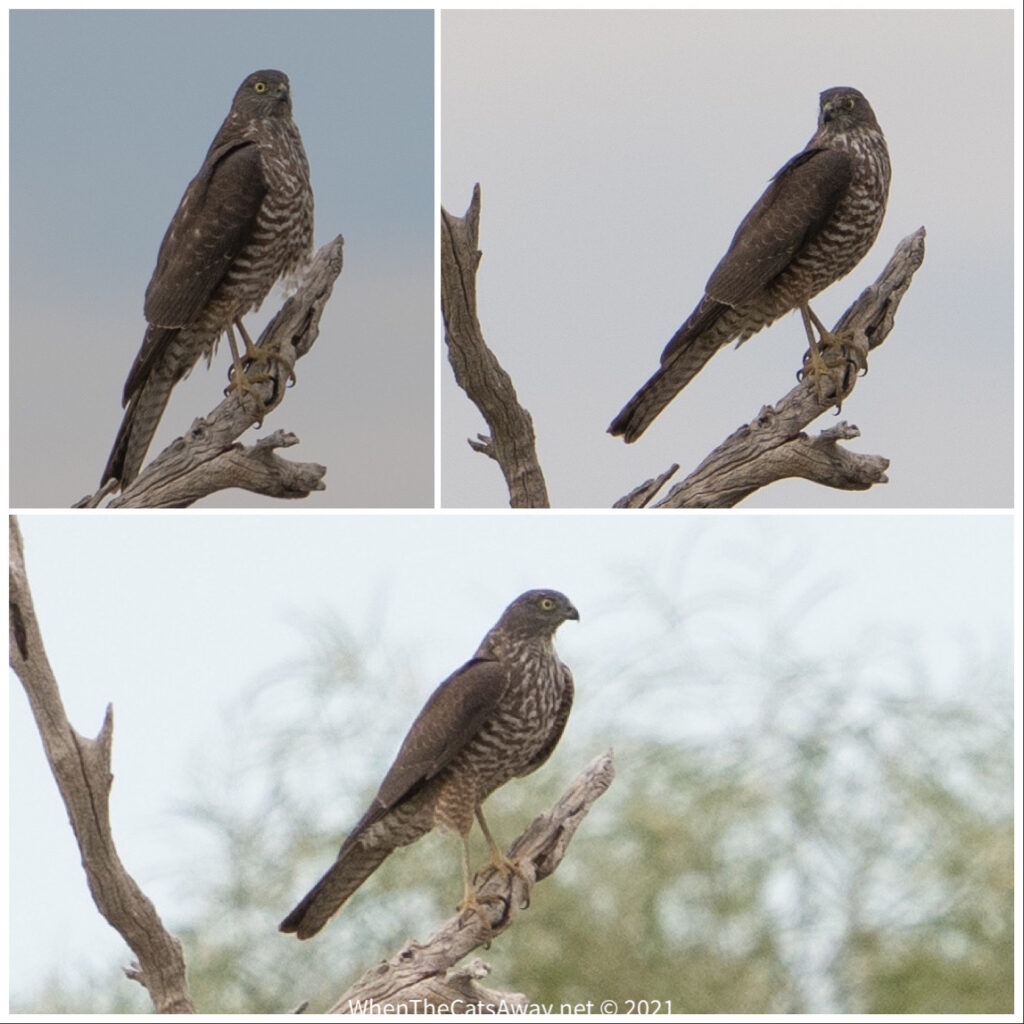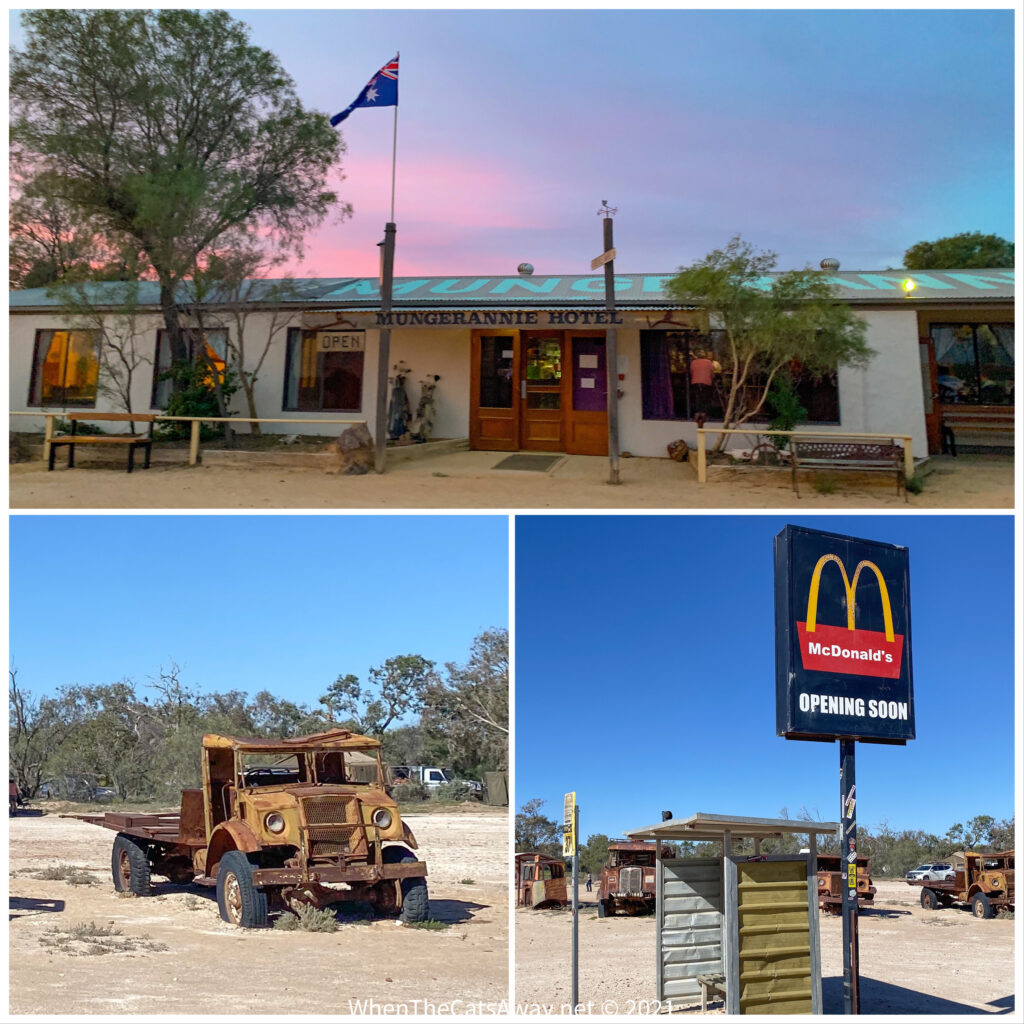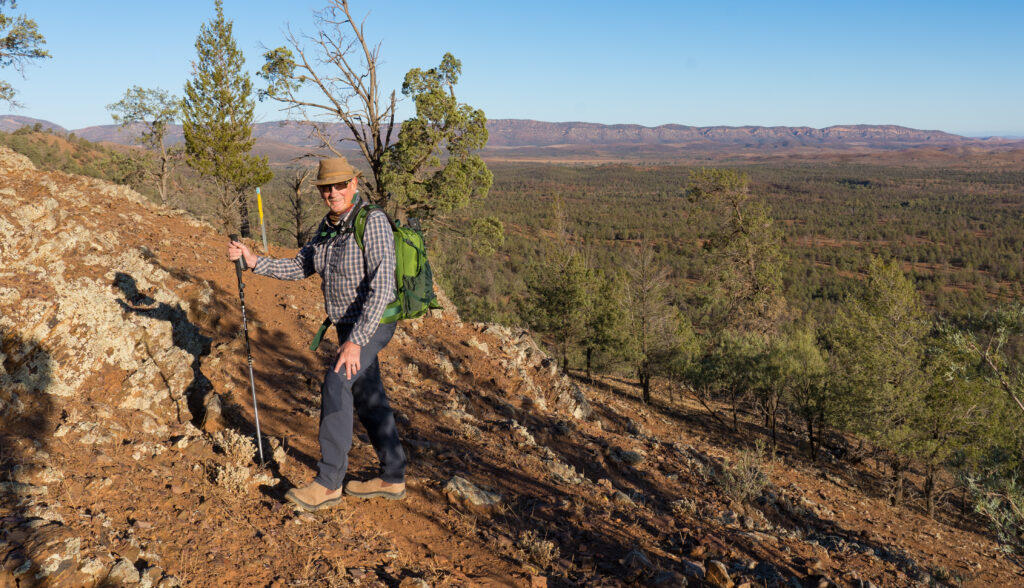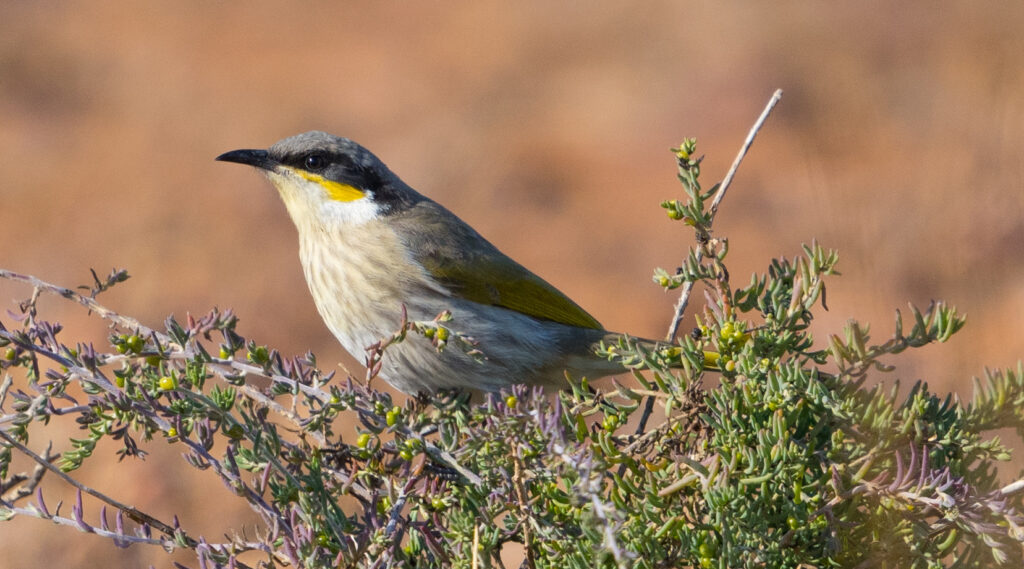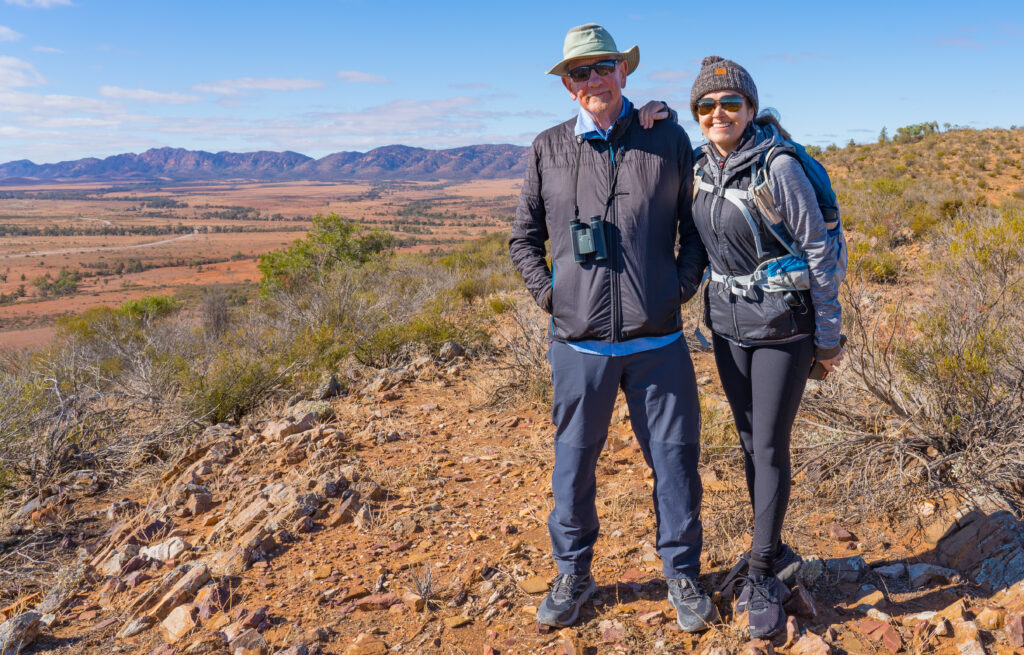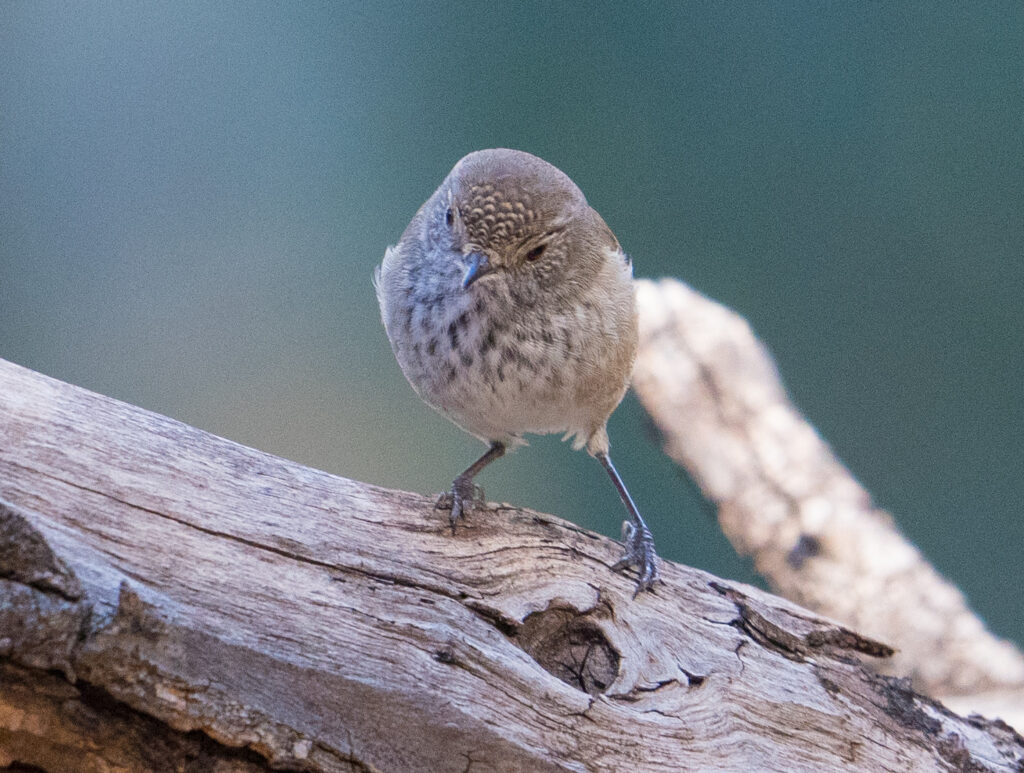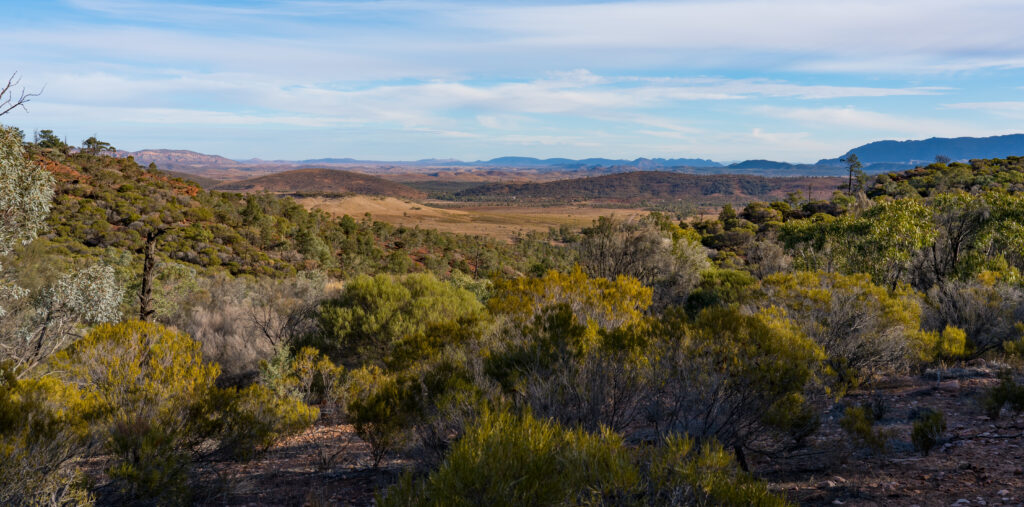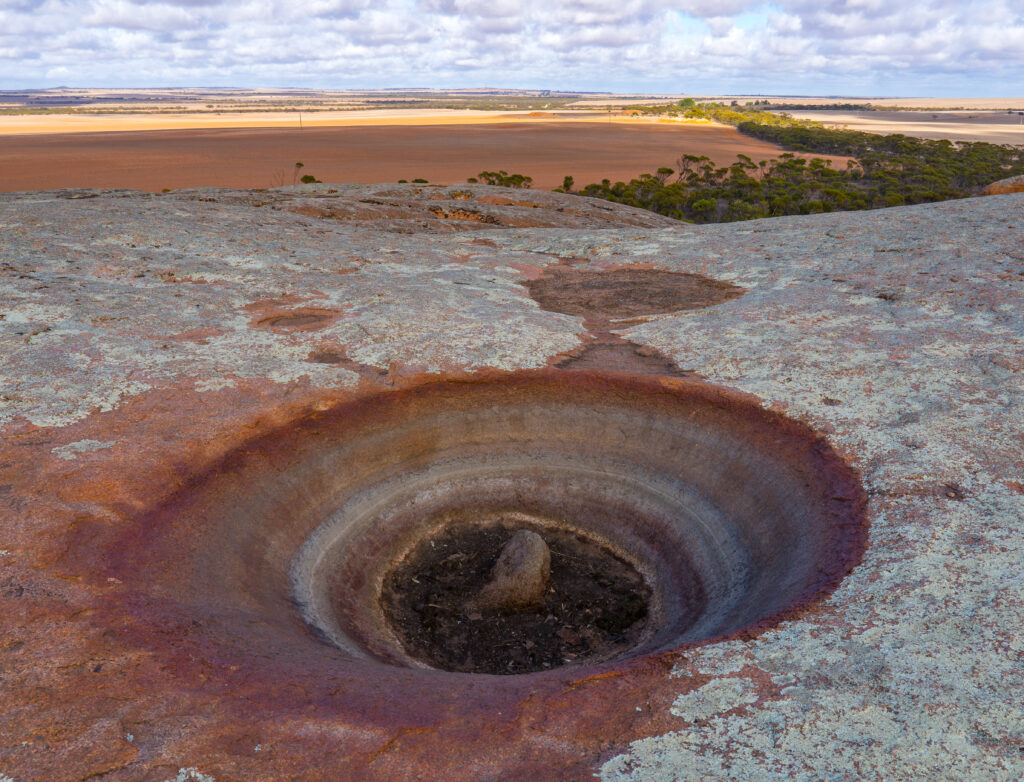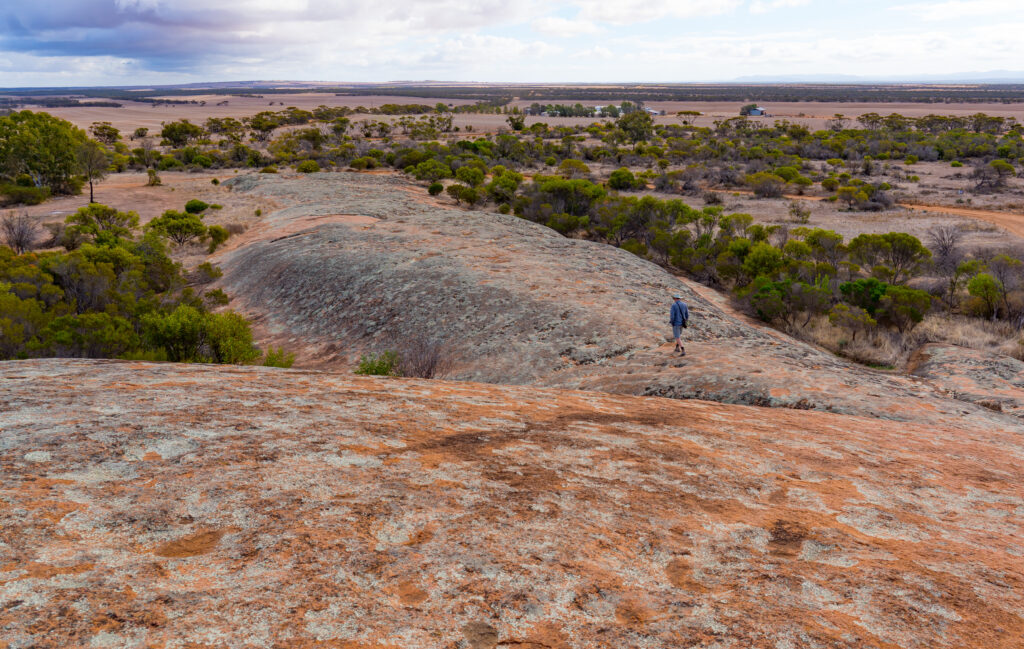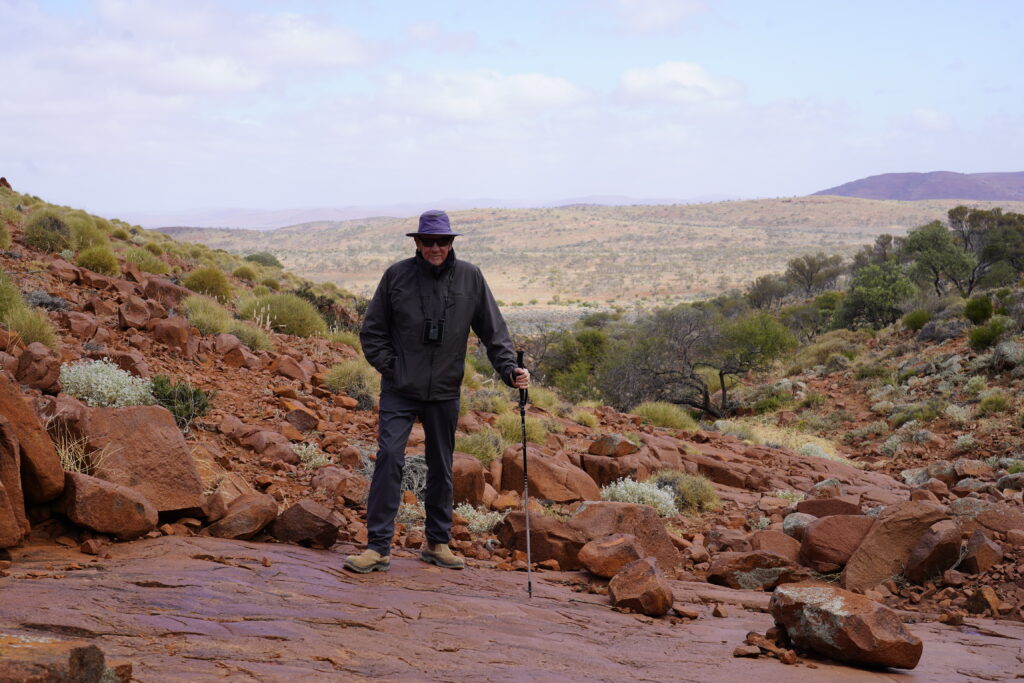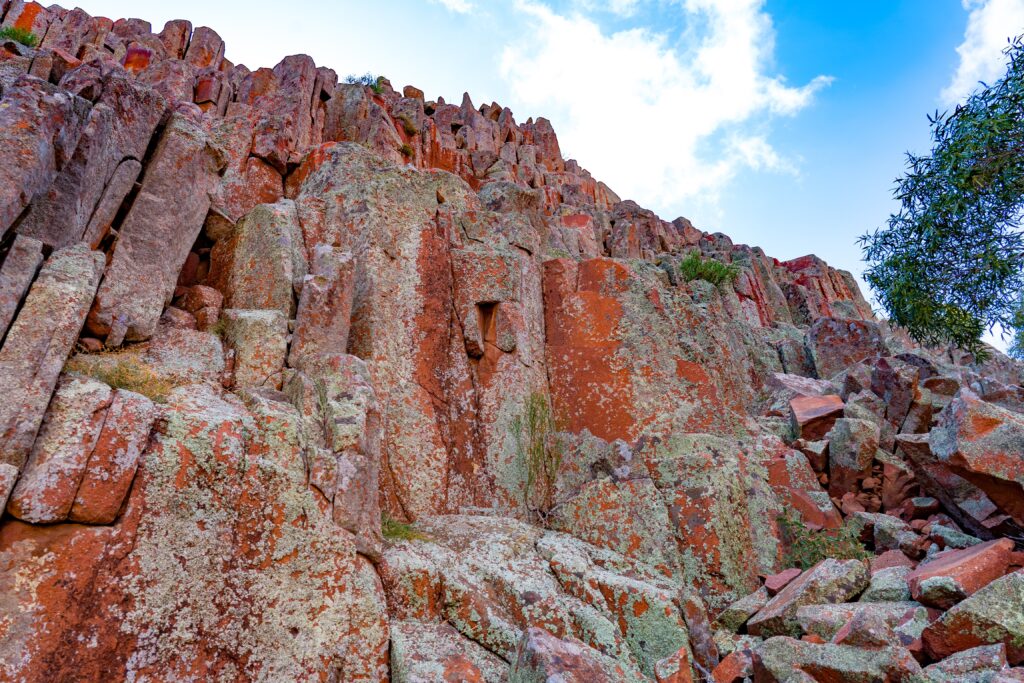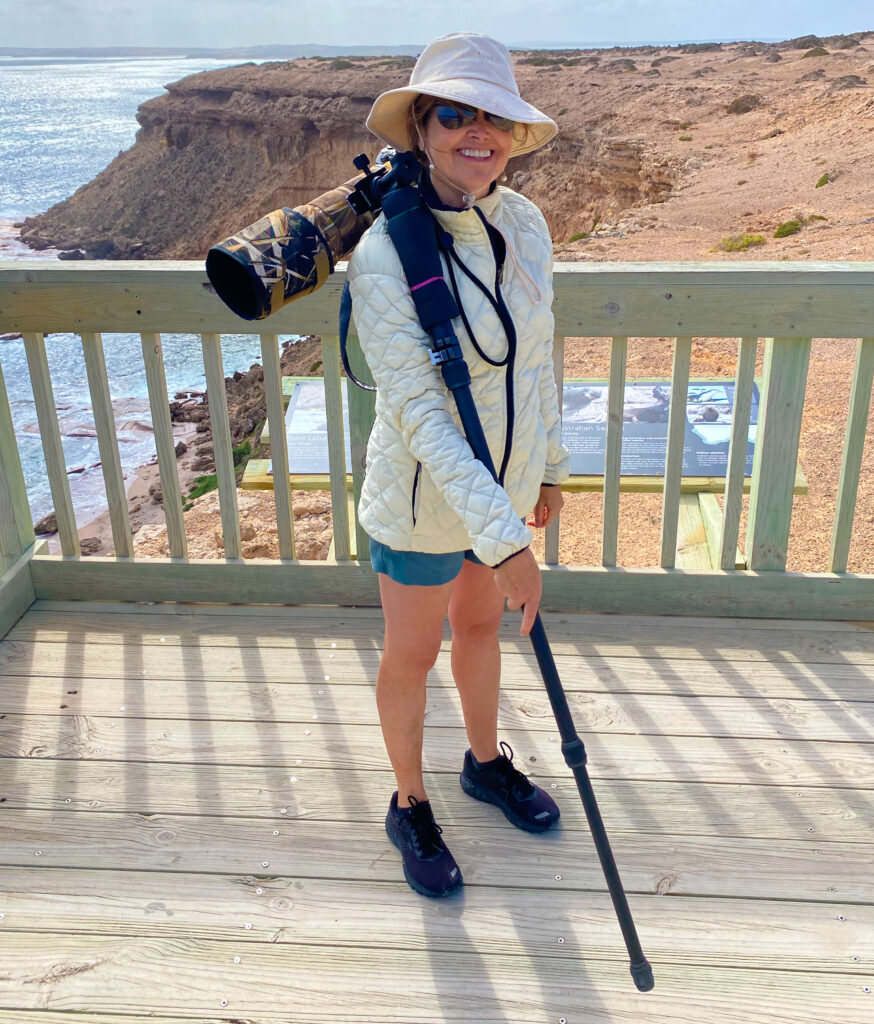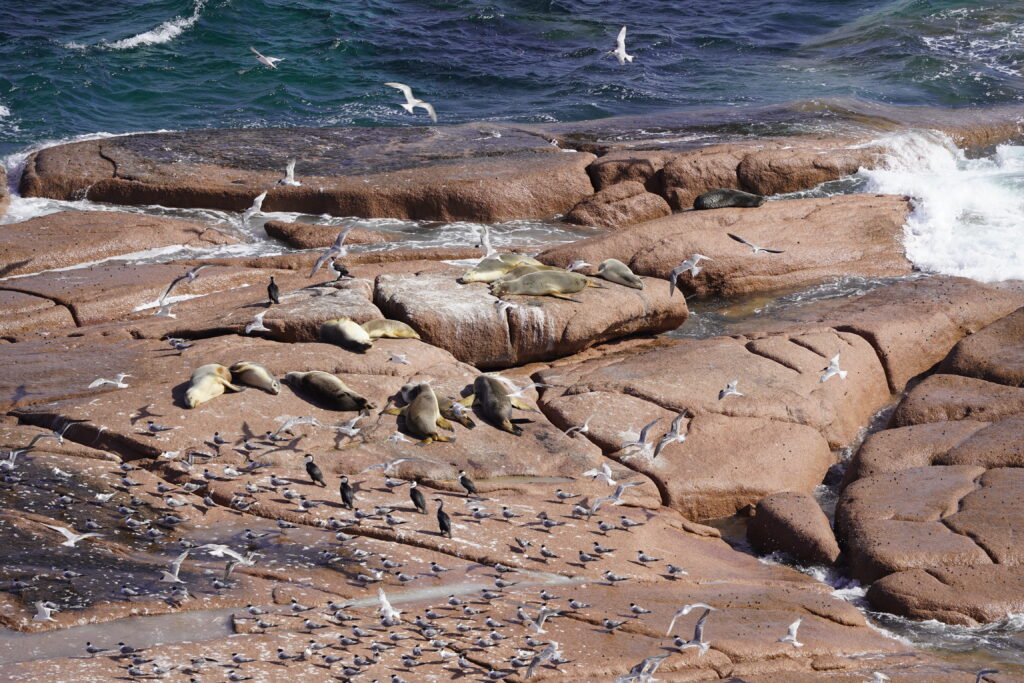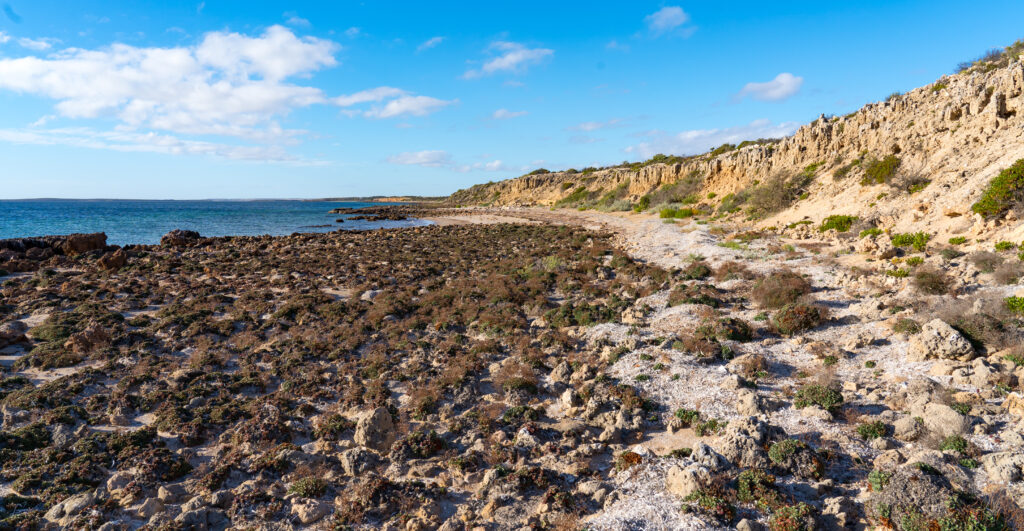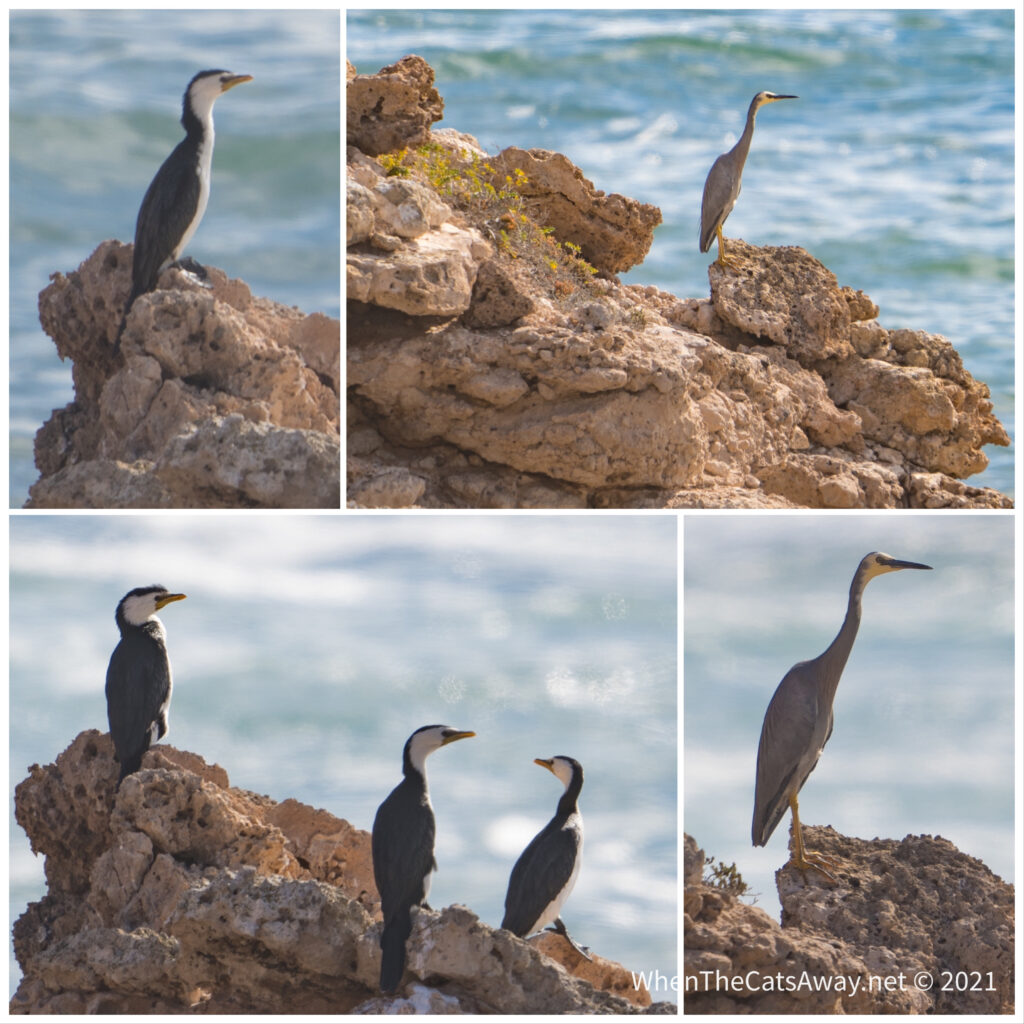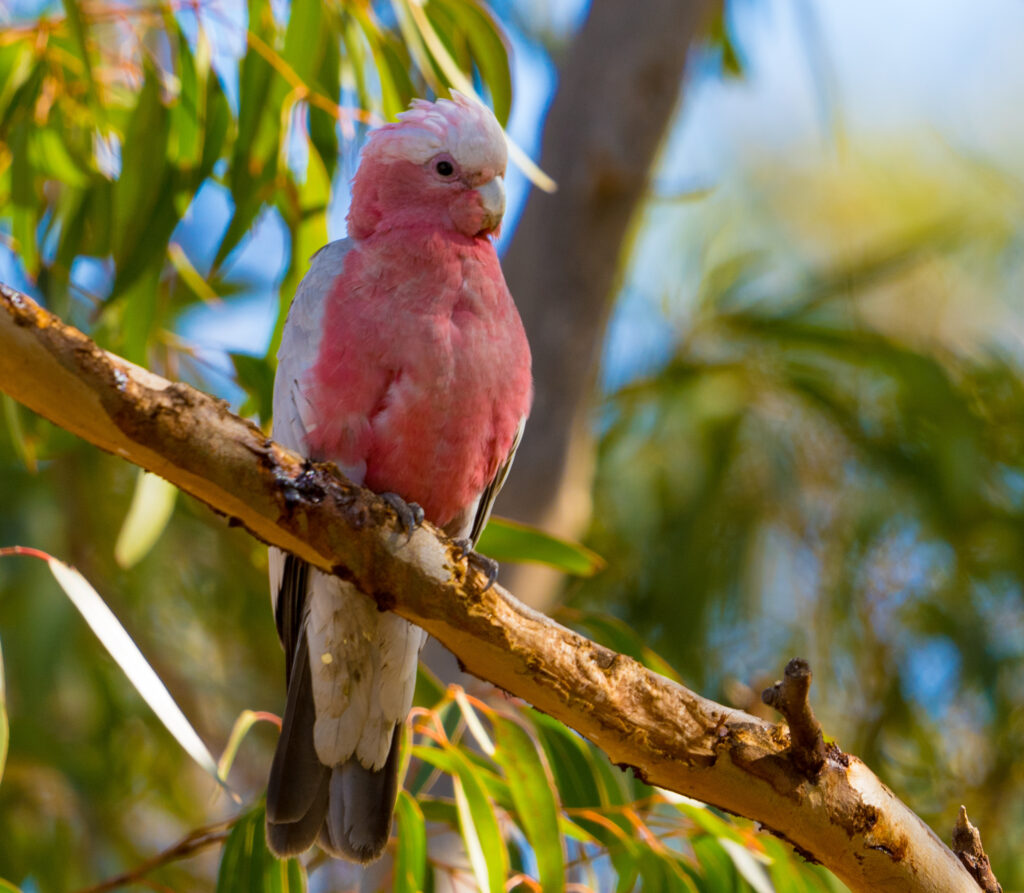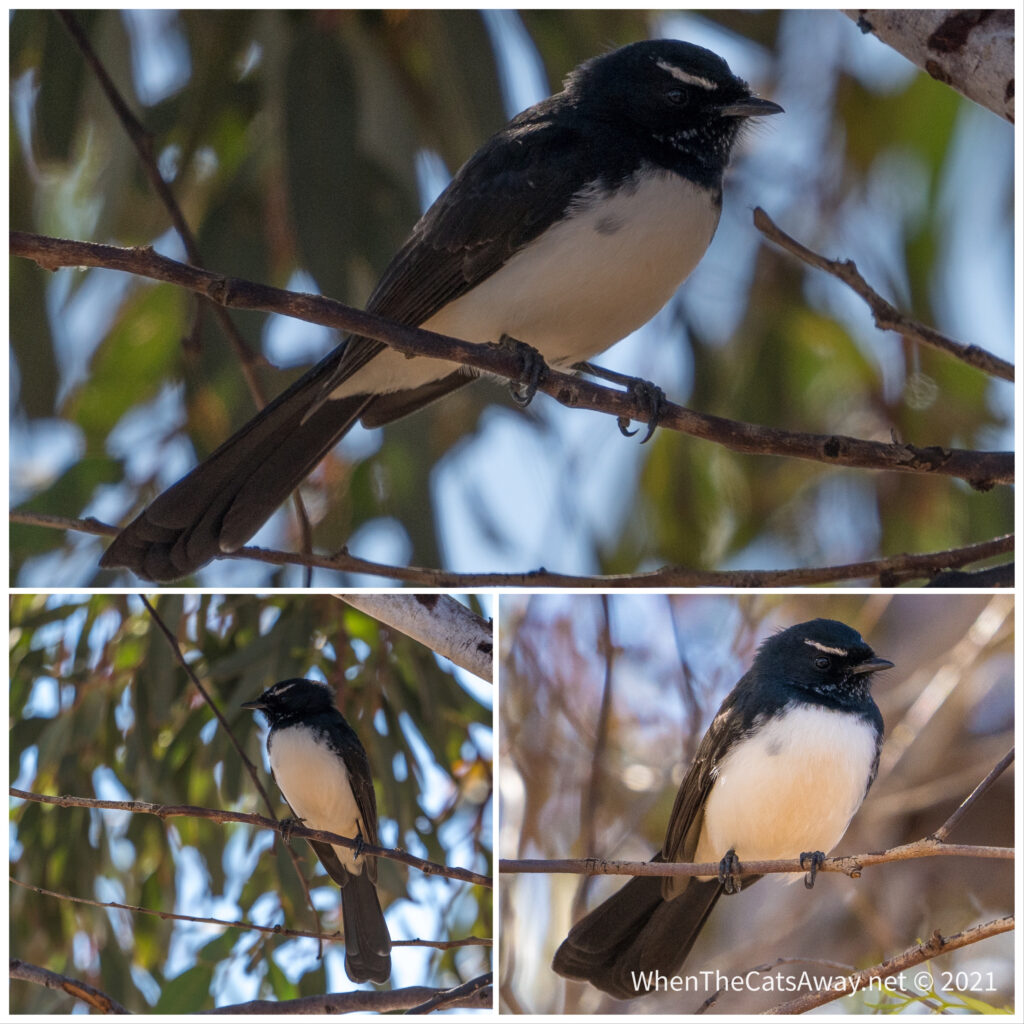Author: Mrs A
Location: Finch Hatton, Eungella National Park, Queensland
It was nearly 19 years ago when Mark and I first visited Eungella National Park. It was August 2002 and were on our honeymoon. After a week of sailing around the Whitsunday Islands with friends and family, we had a few free days to ourselves. hoping to spend some time kayaking around the islands. it was much too windy for kayaking, so we opted for plan B. After a couple of nights camping, we spent a few days in a cabin in Eungella National Park. I remember clearly us seeing our first platypus, and being enthralled by the rainforest birds that visited our cabin surrounded by trees and vines. And so the spell was cast – we had to return.
Eungella National Park is situated about 80km west of Mackay, half way between Cairns and Brisbane. Located on the eastern side of the Clarke Range, the landscape is lush and rich, receiving plenty of rainfall.


This is in fact our third trip back to this gorgeous location, every time as magical as the first. After setting up camp in the Pioneer Valley at Finch Hatton, we rushed up to Broken River to try and find platypus. As these bizarre looking creatures live for an average of 20 years, it could be possible we have seen the same ones on each of our visits.
We followed a walking trail along Broken River, looking out for telltale ripples and bubbles. It didn’t take long before we spotted one.

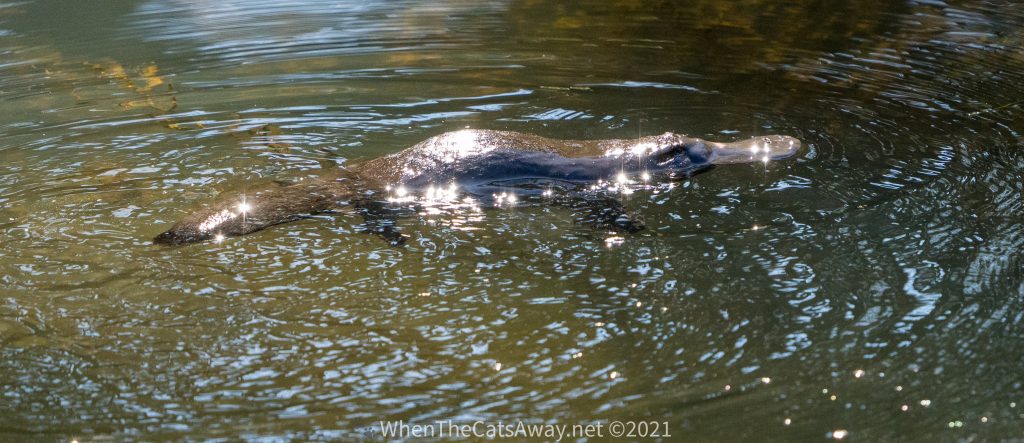
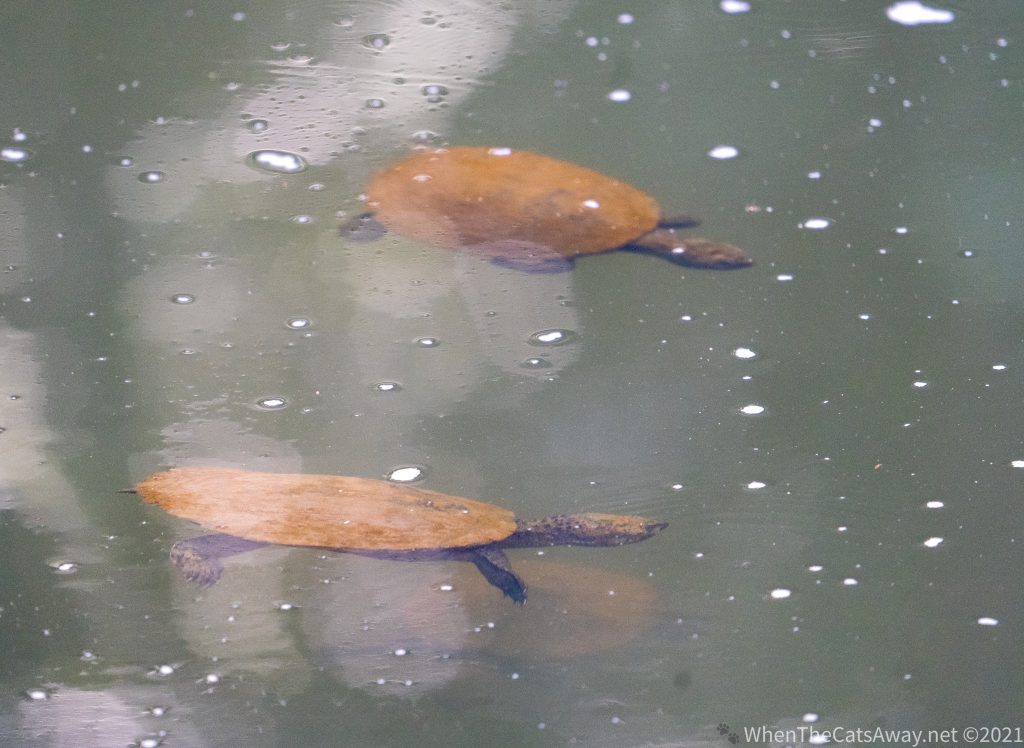
Platypus are an endangered species, already extinct from South Australia (though they have now been introduced to Kangaroo Island), and with reducing numbers elsewhere. This is one of the best places to see them in the wild and we relished the opportunity.
We spotted an Azure Kingfisher which seemed to have a symbiotic relationship with the platypus, following it around the pool and diving in when the platypus disturbed small fish. It certainly gave us a good show, nevertheless!


Due to the diversity of the environment, the bird life is of course prolific, though it is a challenge to see, as most are hiding away in the dense thicket of the rainforest. We managed to spot quite a few despite this, and even caught some with the camera. Walks were constantly accompanied by the rustles and calls of Whip-birds in the leaves and the booming cries of the Wompoo Fruit Doves high up in the canopy.
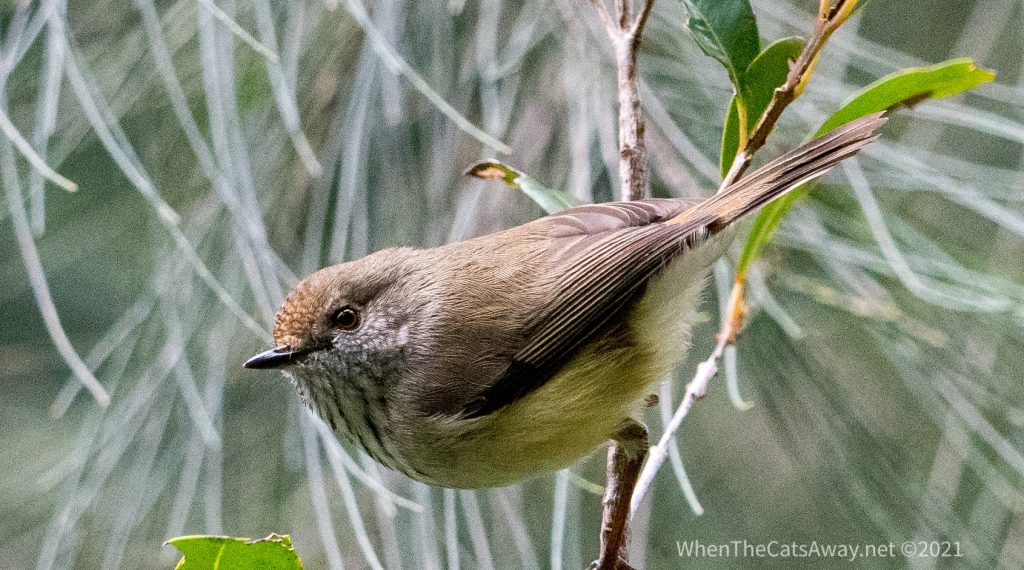
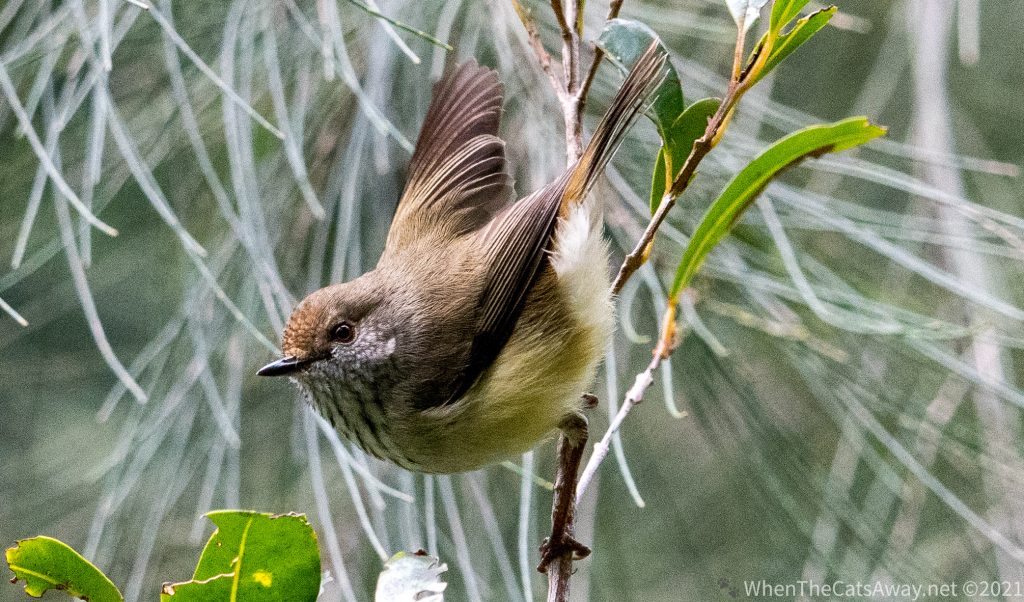


We did a few walks through the rainforest, and despite the numbers of visitors were still able to see a large number of birds just going about their daily business. It just took a few moments of standing quietly listening to the rustling and occasional movement to start seeing them there. Of course the density of the undergrowth made it virtually impossible to photograph them so only a fraction of what we saw is shared here.




There are many lookouts up on the Eungella Plateau which makes up part of the Clarke Range. The views are simply breathtaking down into the valley where we are staying.



Since European settlement of Australia, around a quarter of the rainforest has been cleared for farming, and this area was originally earmarked for that purpose. While some of the forest was cut down (now used for growing sugarcane and farming cattle), much of it was saved after a 12 year battle and designated national park in 1941.
Our visit falls during sugarcane harvest season, with seasonal workers busy chopping the crop and loading up trains and trucks to take it for processing further down the valley. Much of the Mackay region is dedicated to sugar…I would have expected to see more dentists around than I have!
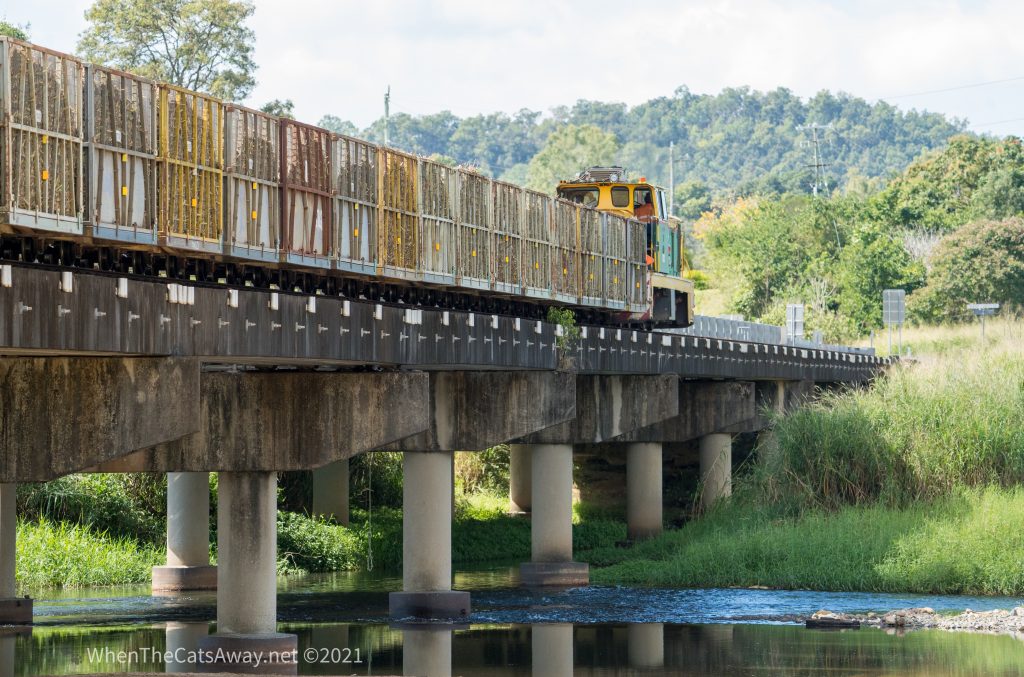
Where cane has already been harvested. the farmers were out busy ploughing the fields ready for planting the next crop. You can see the richness of the soil here, stark contrast to Australia’s land further west.





The name Eungella is derived from the First Nations language meaning ‘land of the cloud’. We thank and acknowledge the Wiri-Yuwi People as the traditional custodians of this land. The waters of Broken River have been seen as sacred for the more than 10,000 years these people have called this area home.
Other than a cursory mention, there is little to learn about these nations. A little research reveals they were hunted down in great numbers by the white settlers in retribution for spearing cattle or trespassing on land. Others were enslaved to work on farms or moved to the coast to work on fishing boats. There was little policing in these parts in the mid 1800s, so people took the law into their own hands.
While information boards request visitors to respect the cultural significance of the park, they share no information about this. The Queensland Government National Park’s website talks only of the geological history, avoiding any mention of culture. It is sad to continue to see this when we as Australians should be taking time to recognise the significance of the long human history in this region, and perhaps learning from the way these first nations people lived in this evnivronment.
Finch Hatton Gorge is a part of the national park which is accessible from close to where we are staying, so we drove out there for a hike. The temperature in the rainforest is a few degrees cooler than out, reminding me of that feeling when you step in to a magnificent cathedral. Your breath catches as you experience the wonder of it all, the rich organic smell of decaying wood and leaves accompanied by signs of new life all around you.



Our walk to up the Wheel of Fire cascades ( named for the red flowers that surround them in the summer months) entailed a precarious rock-hop over Arulen Creek before climbing many slippery stairs to the top. If you can cross the creek without getting wet feet – you are doing well. Mark hasn’t yet achieved this accolade!






Definitely worth the hike up if you’re game!
Up on the Eungella Plateau sits Eungella Dam, a large reservoir and freshwater fishery. You can actually camp out here, as long as you don’t need power. It sits nestled in a picturesque valley and is a great spot for birdwatching.


We had lunch on the sandy beach before taking a wander to see what bird life was around.



Great Egrets, Cattle Egrets, Pelicans, White-eyed Ducks and some very pretty Cotton Pigmy Geese were amongst the birdlife spotted.


Staying at Finch Hatton for a week has meant we could also visit some locations off the traditional tourist trail, finding our way to creeks and locations that are a little quieter. Cattle Creek winds its way through the valley past our campground and had a wealth of surprises for us each time we went out.




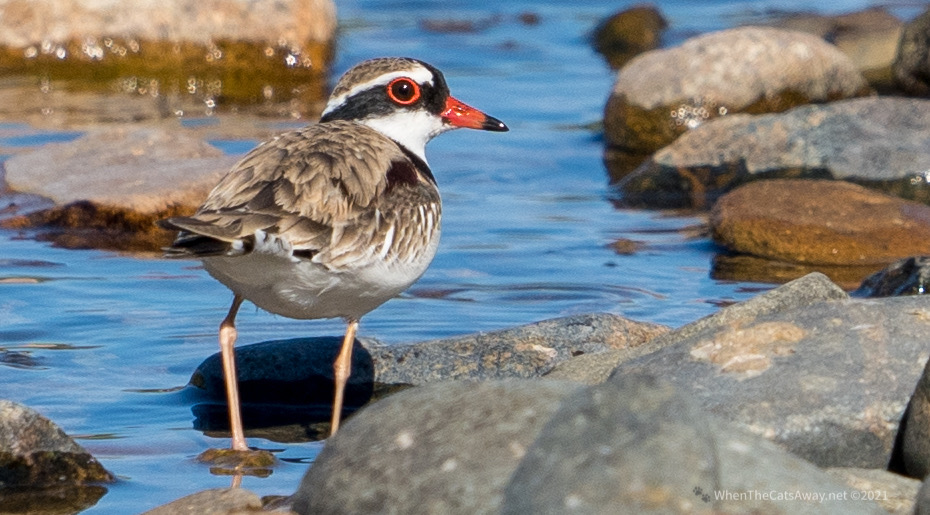
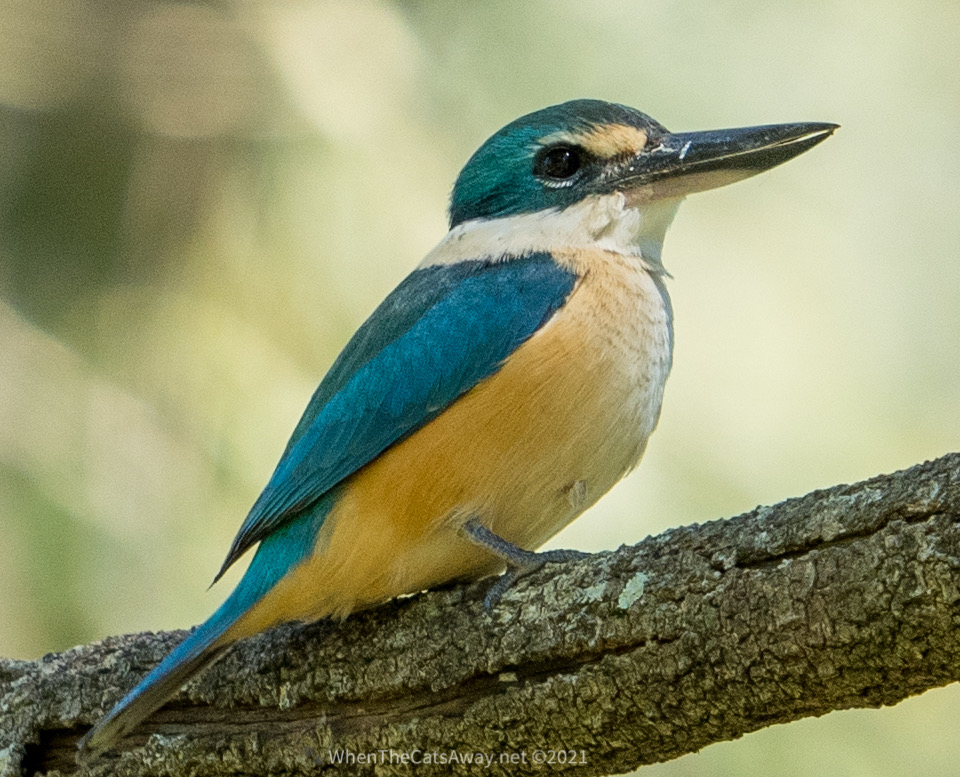

We finished up our visit with a somewhat longer walk along Crediton Creek. This hike actually continues on, forming the Mackay Highlands Great Walk – heading one way for 56km (taking 3-5 days). The short 10km return walk we did was pretty stunning.




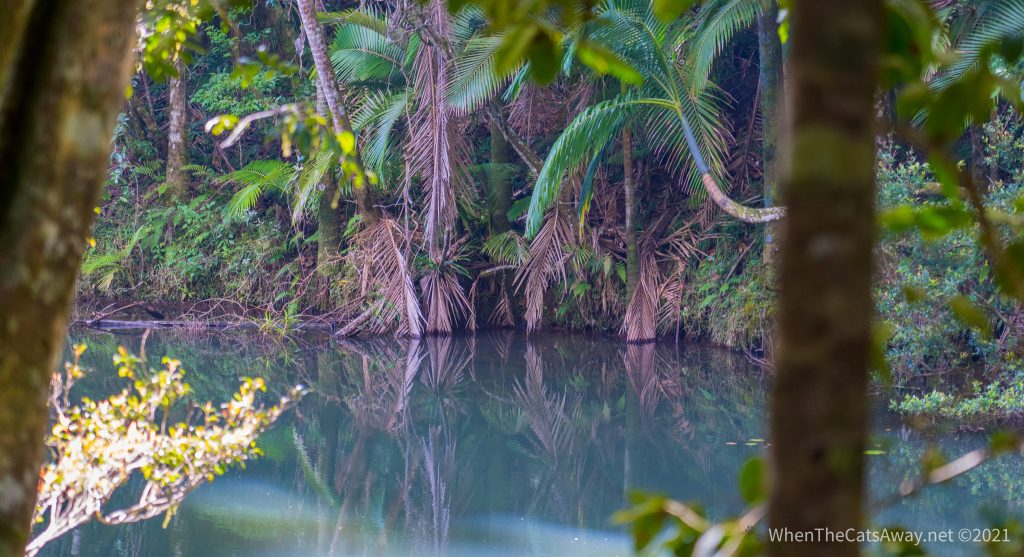
Not far from the end of our walk we took ten minutes to sit down by Crystal Cascades (how many falls have this name, I wonder! A lot!) and just enjoy the ambience. Listening to the constant sound of the water running over the rocks as they have done for hundreds of years, to breathe in the clear, clean oxygen from the forest.
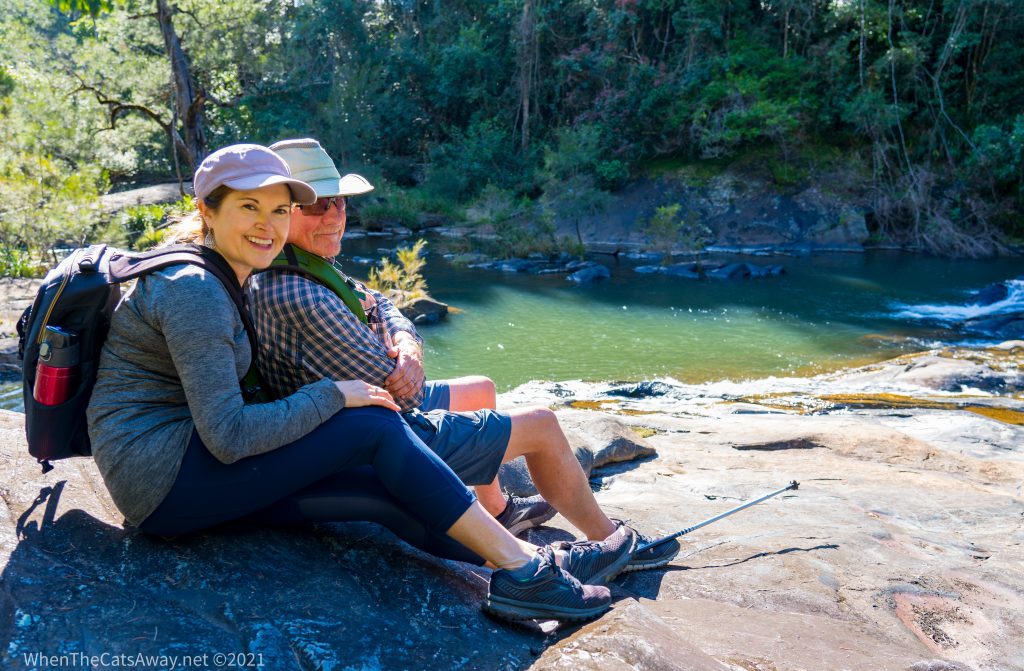

Just before heading back to the car we diverted briefly to see whether we could catch our last glance of a platypus. Lucky us, we were rewarded with two.

Our week here has been so incredibly precious. We have relished every morning waking up to our incredible views, breathing in the clean air and drinking in the colours, scents and sounds of this unique location. As we move on back to the coast, we will continue to hold Eungella in a special place in our hearts. 🤍
PS Tassie loved it here – walked and walked exploring the sheds and fenced paddocks where cattle would have been kept during the last show day. Her favourite area was the shed with the tractors in.! One happy Burmese!




